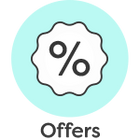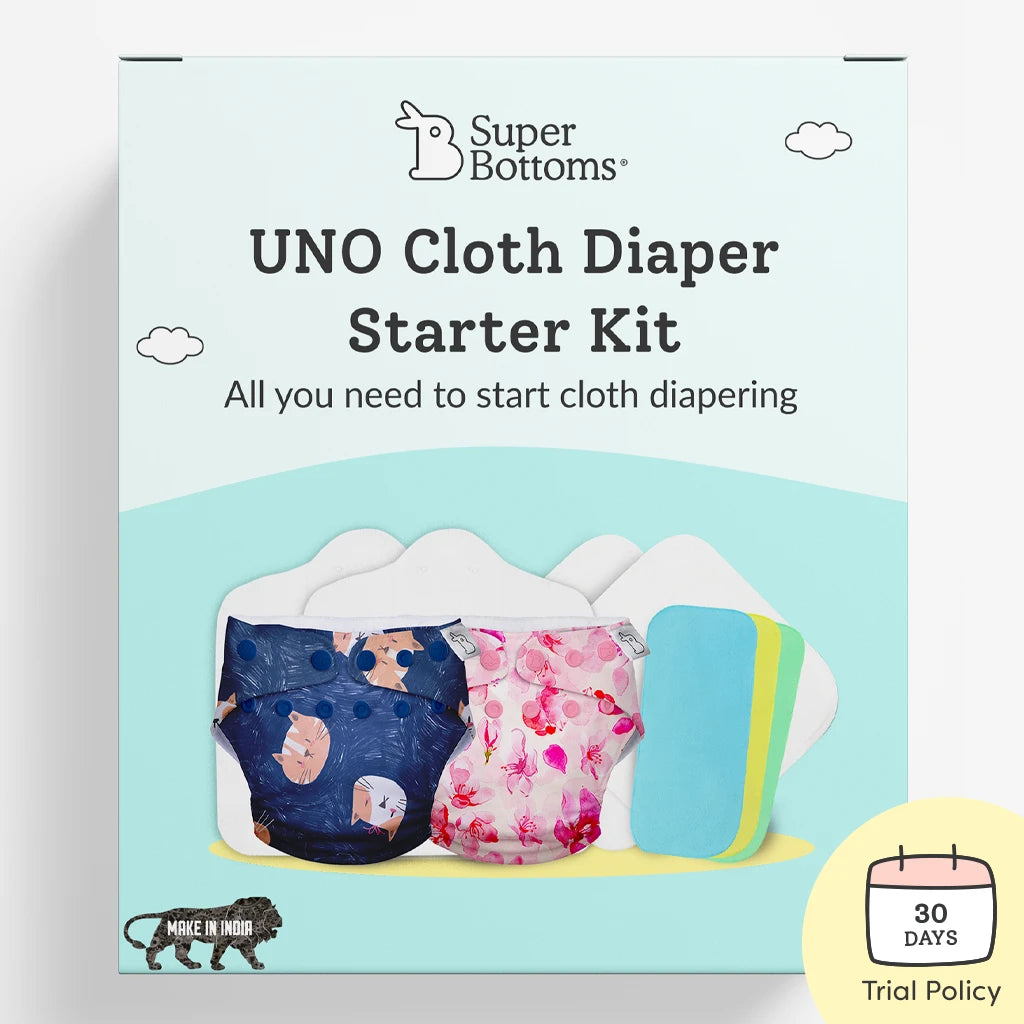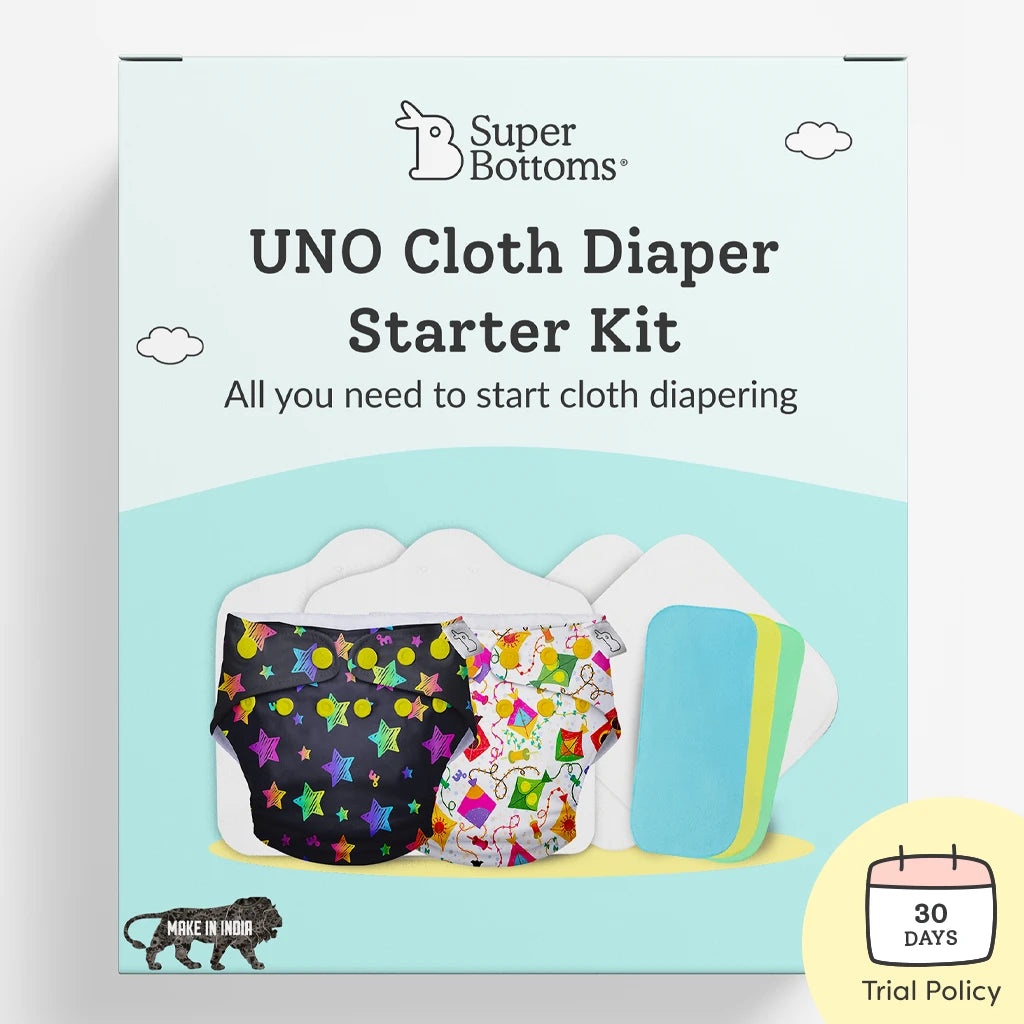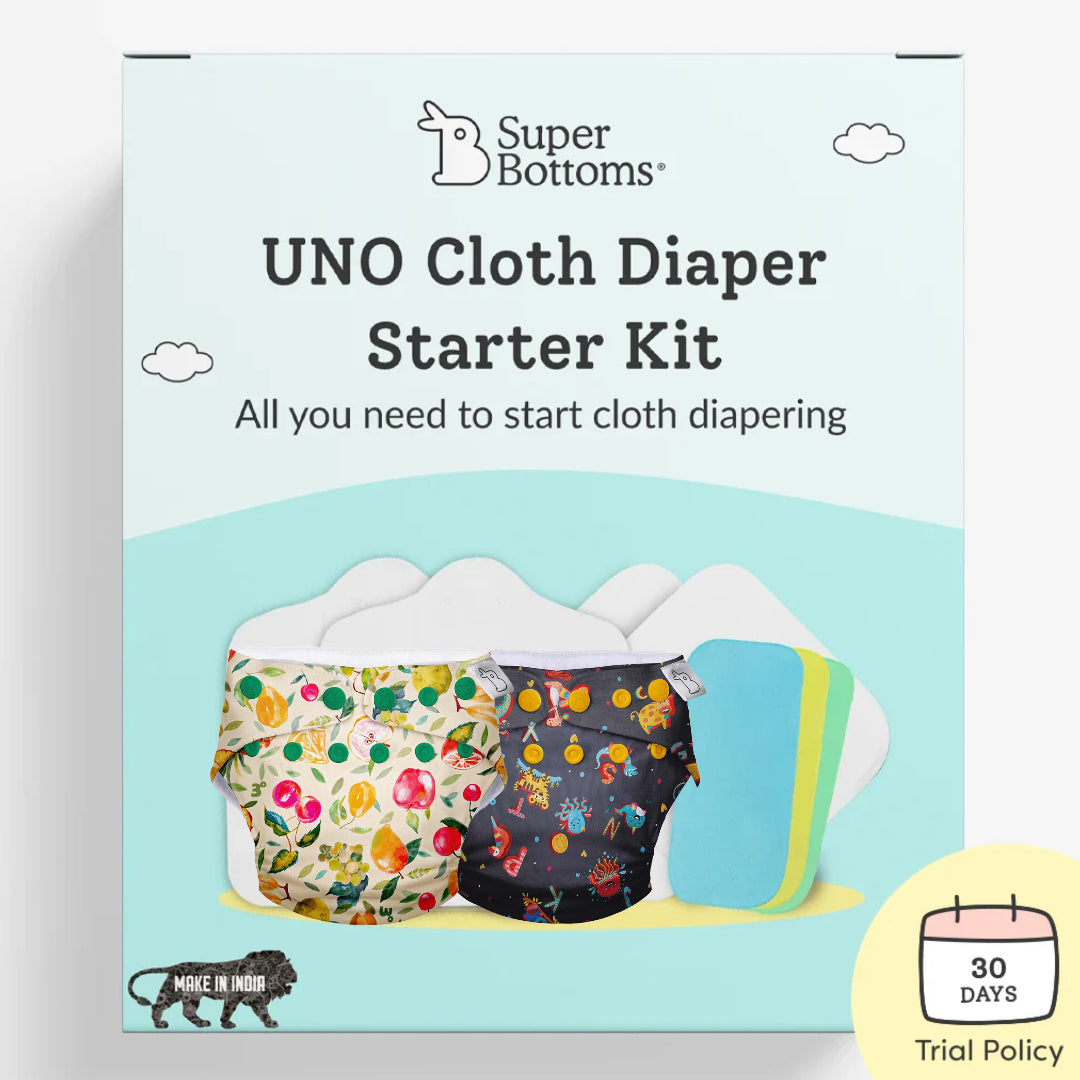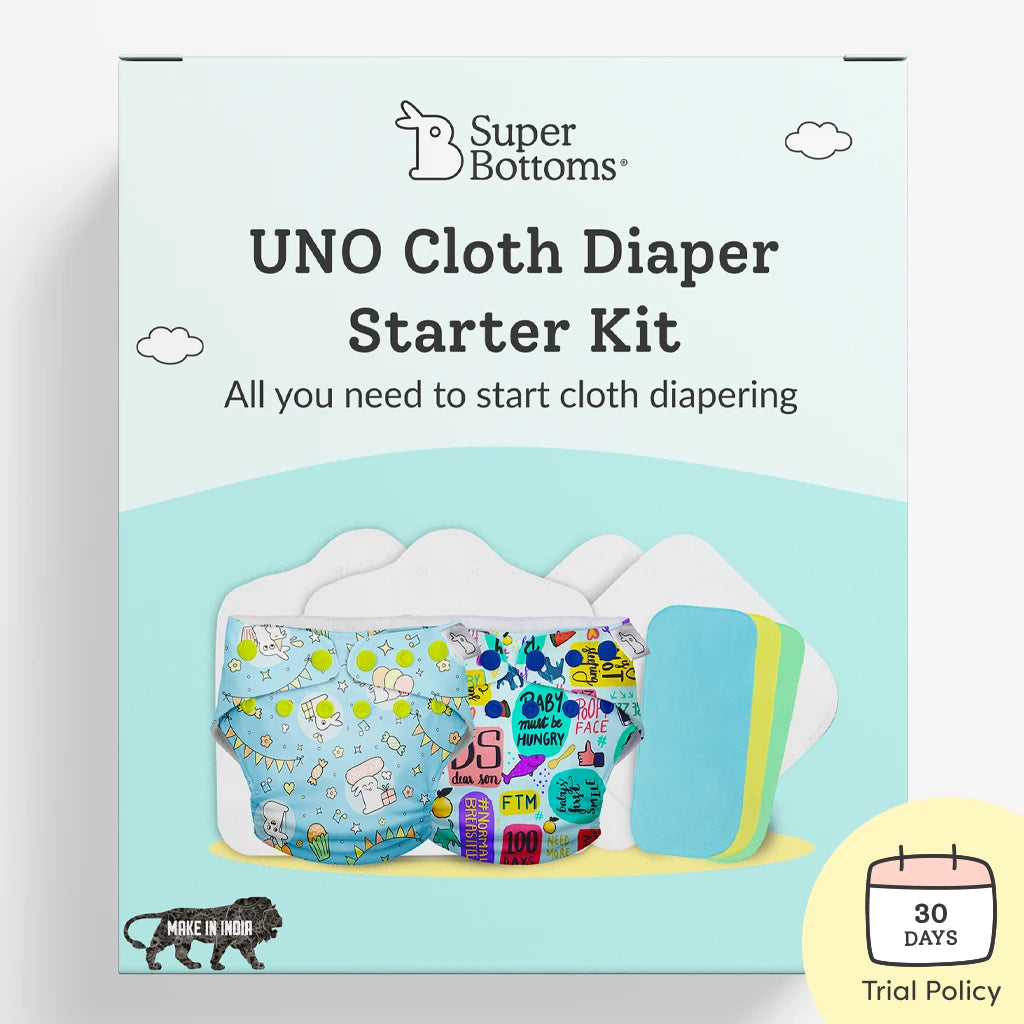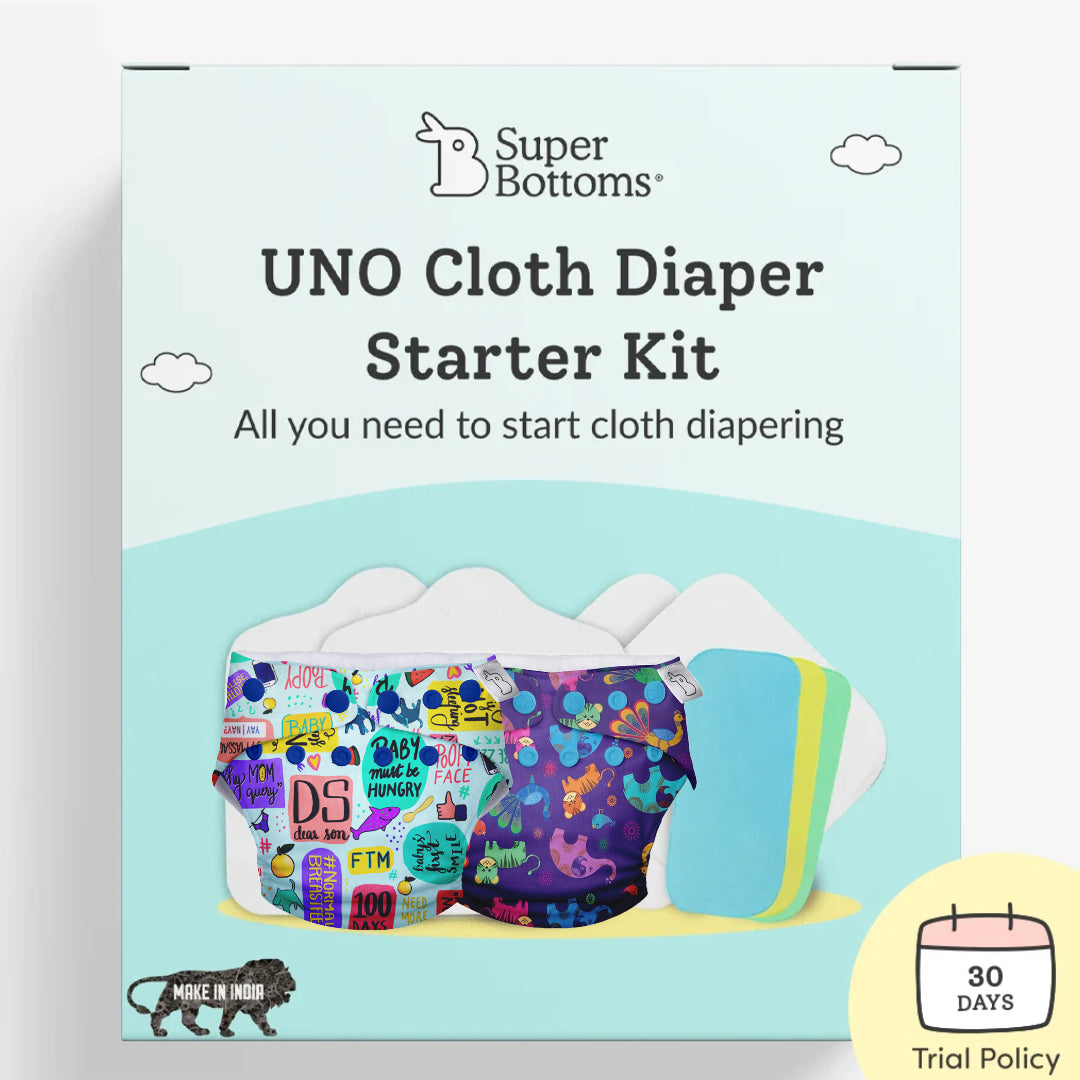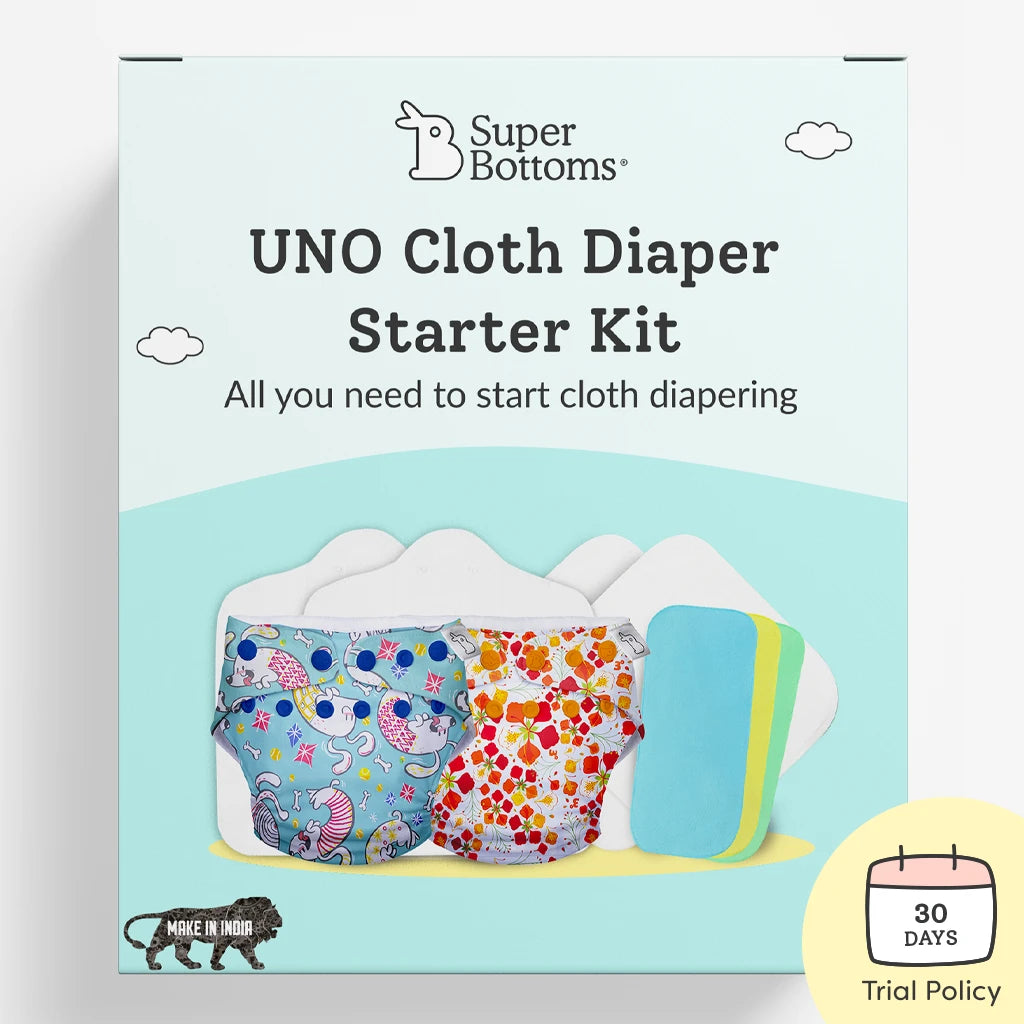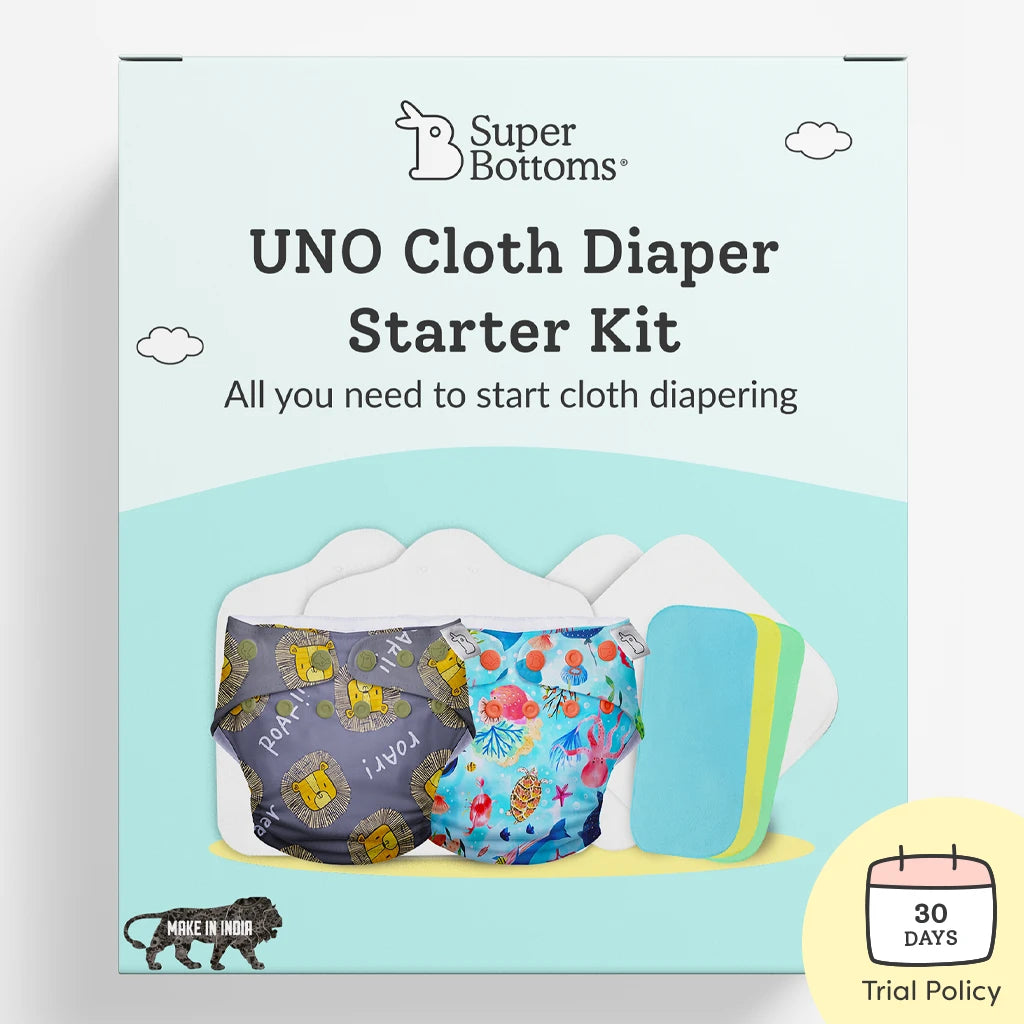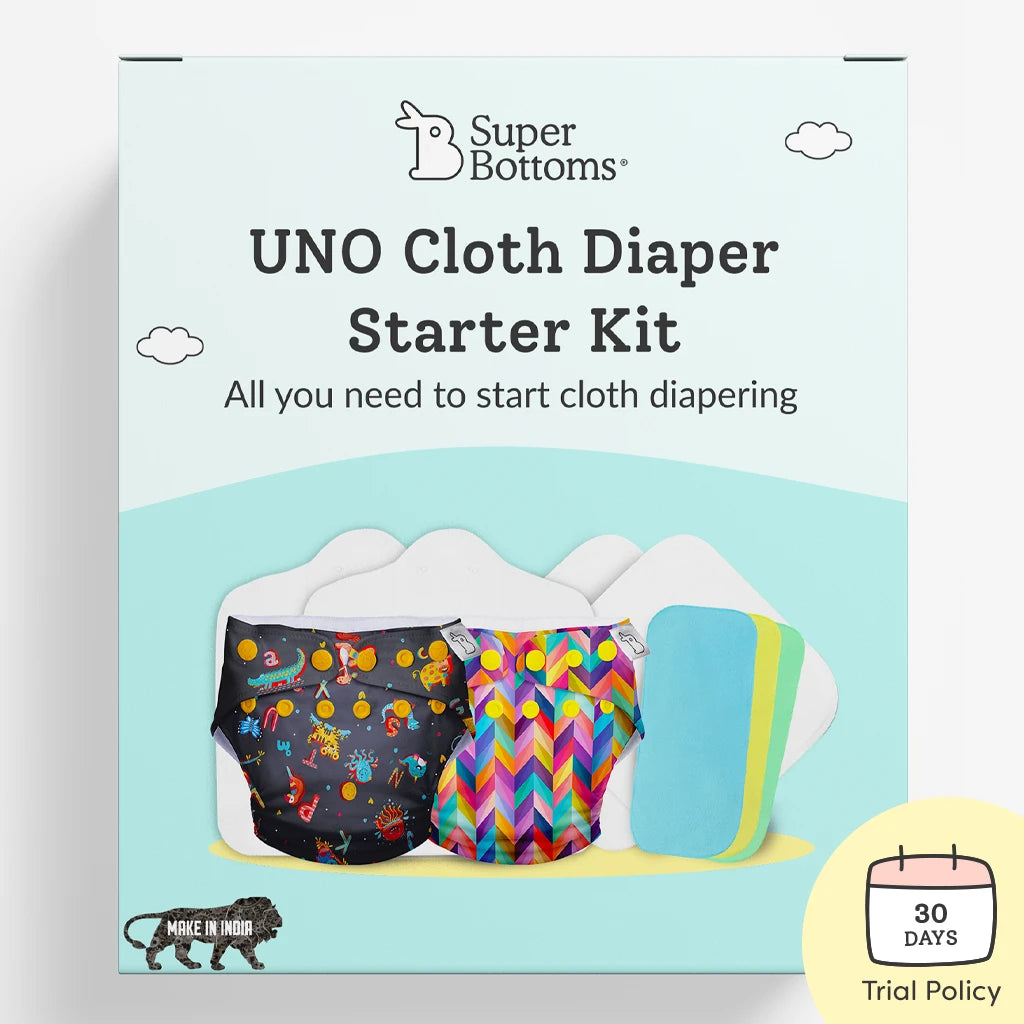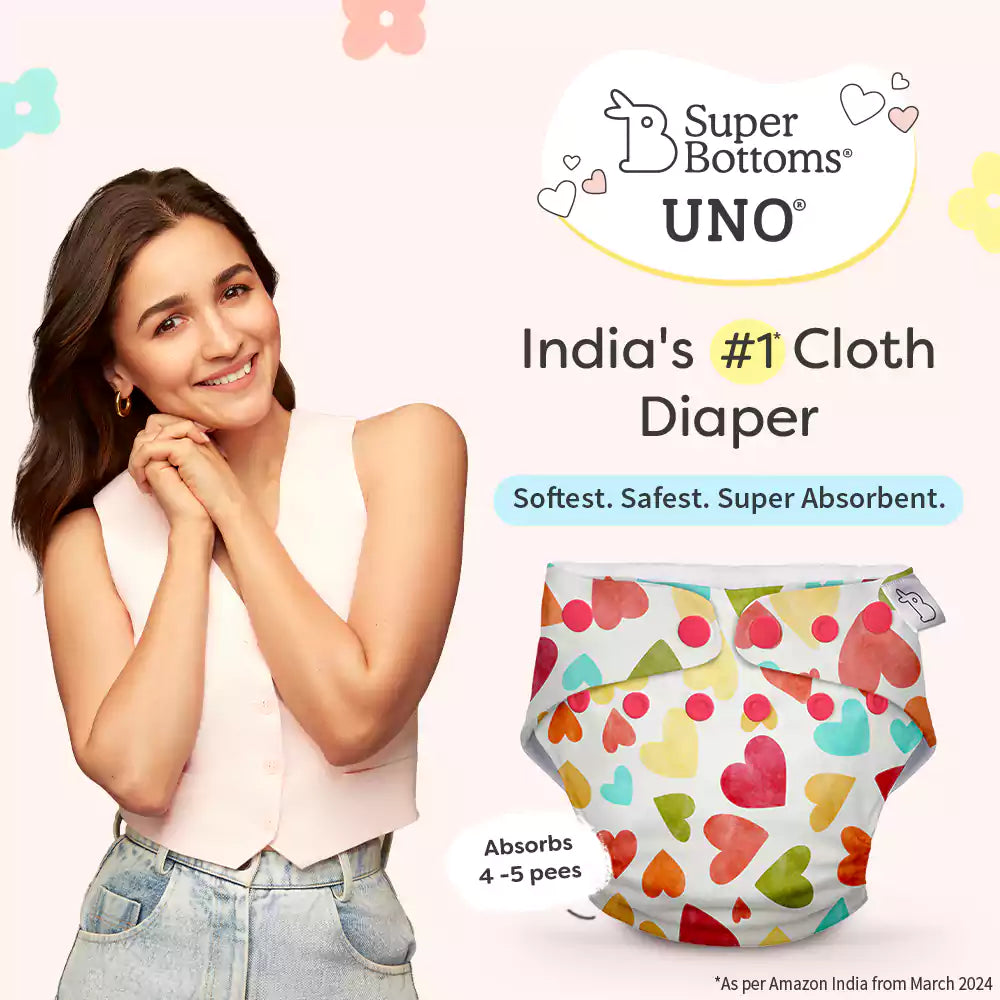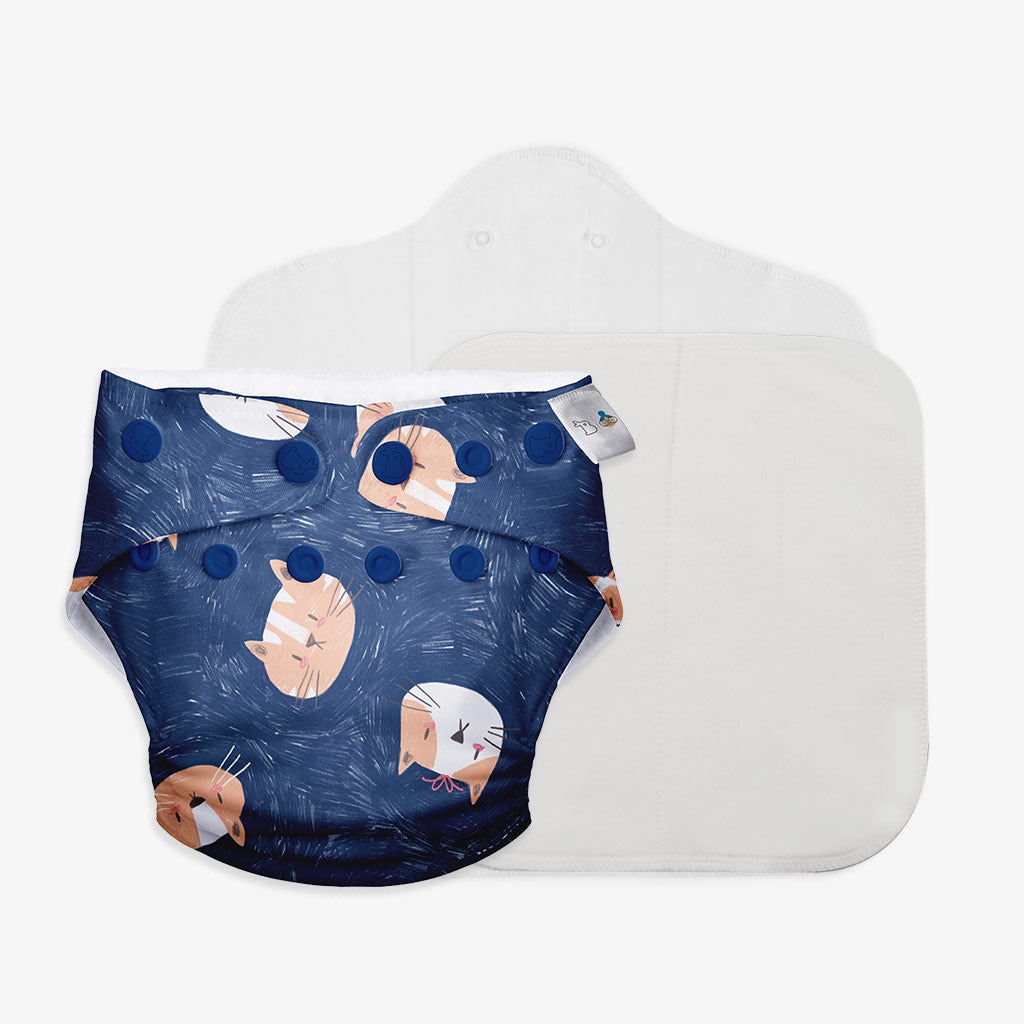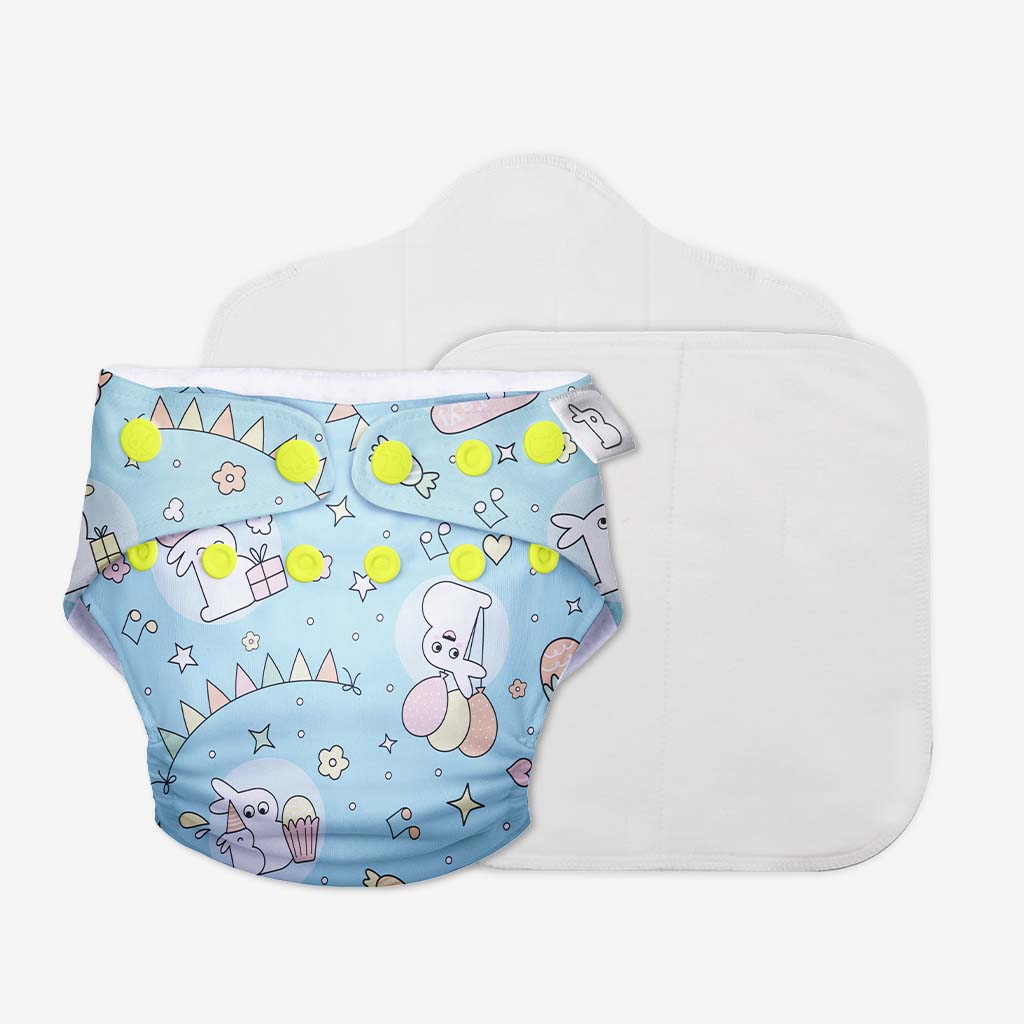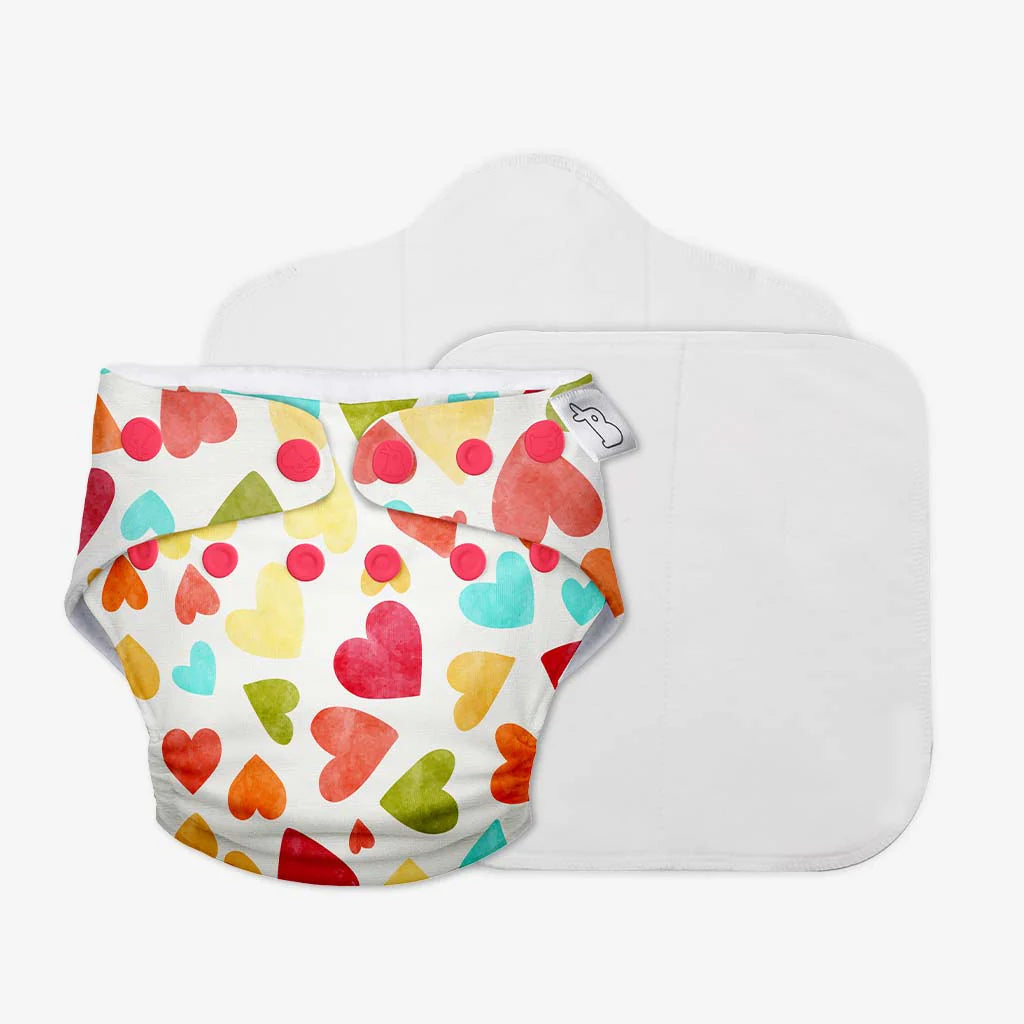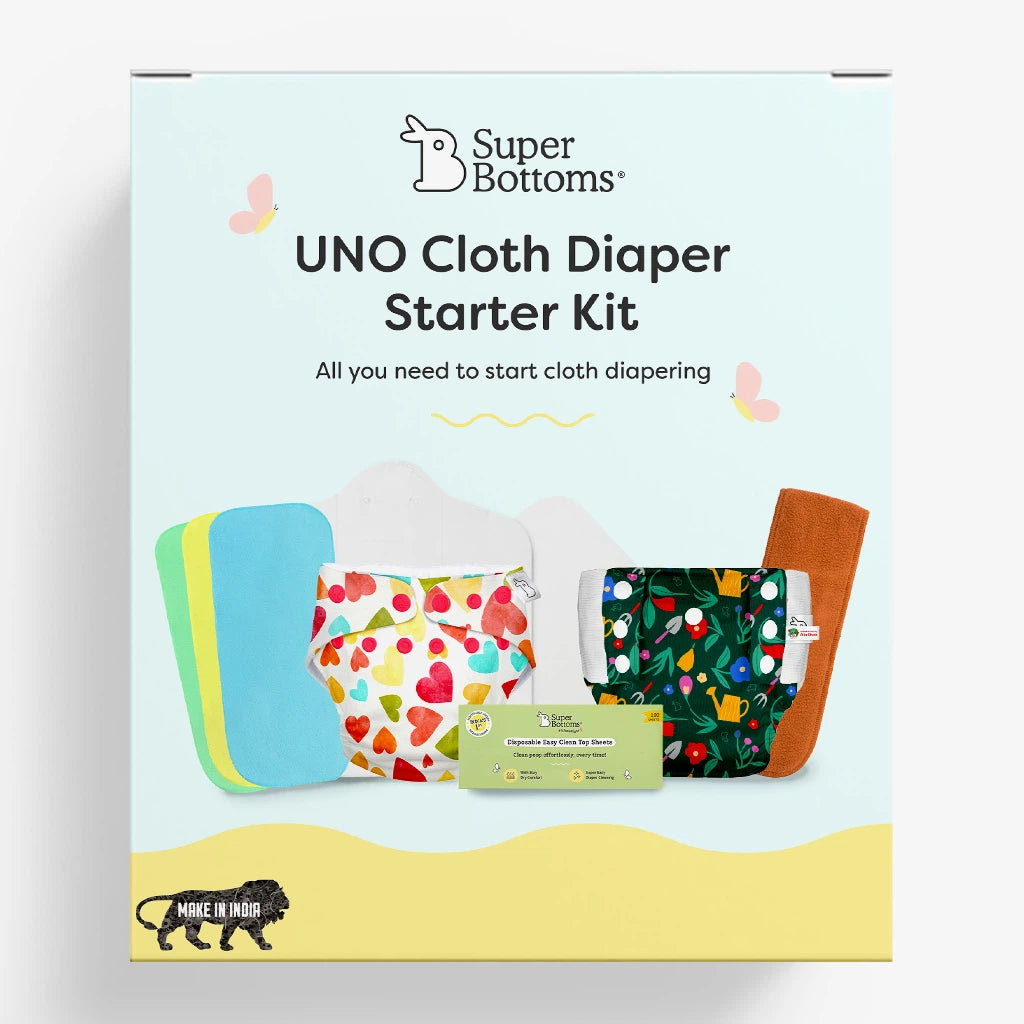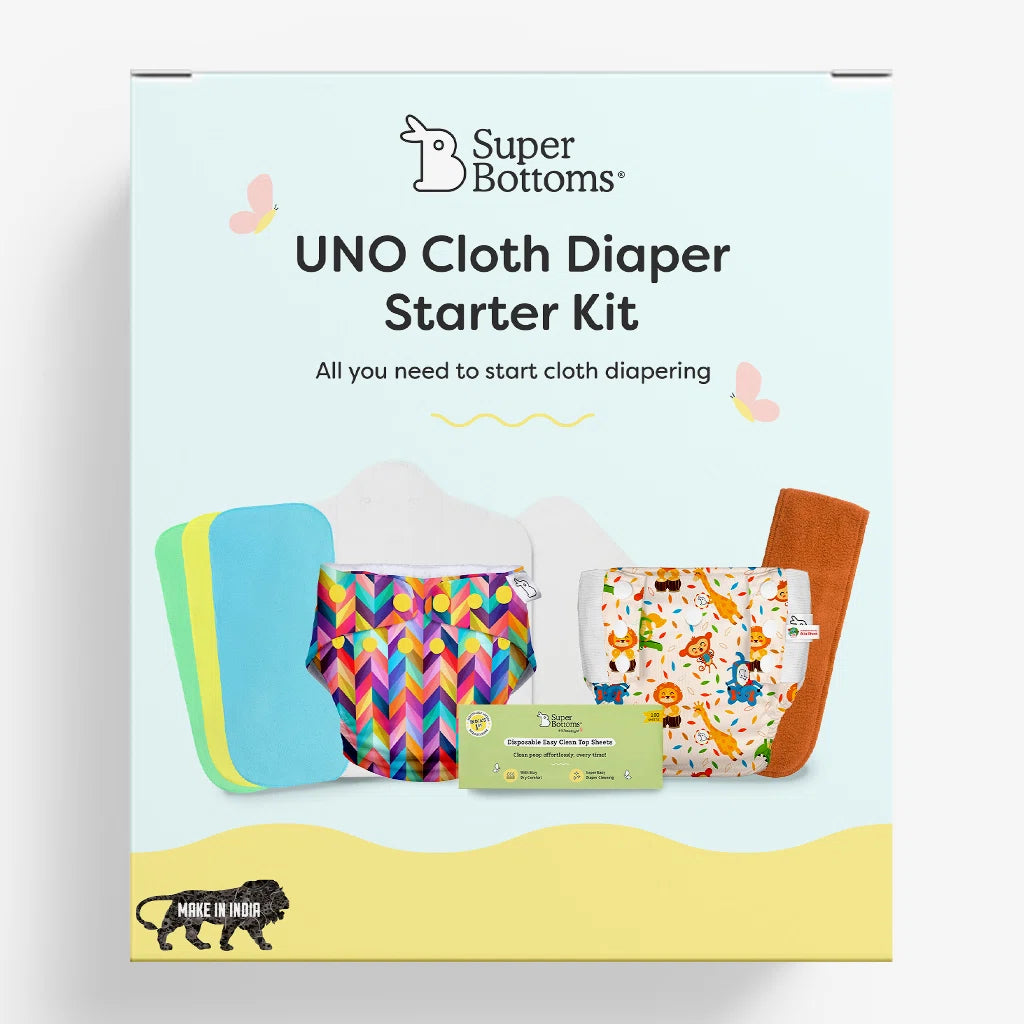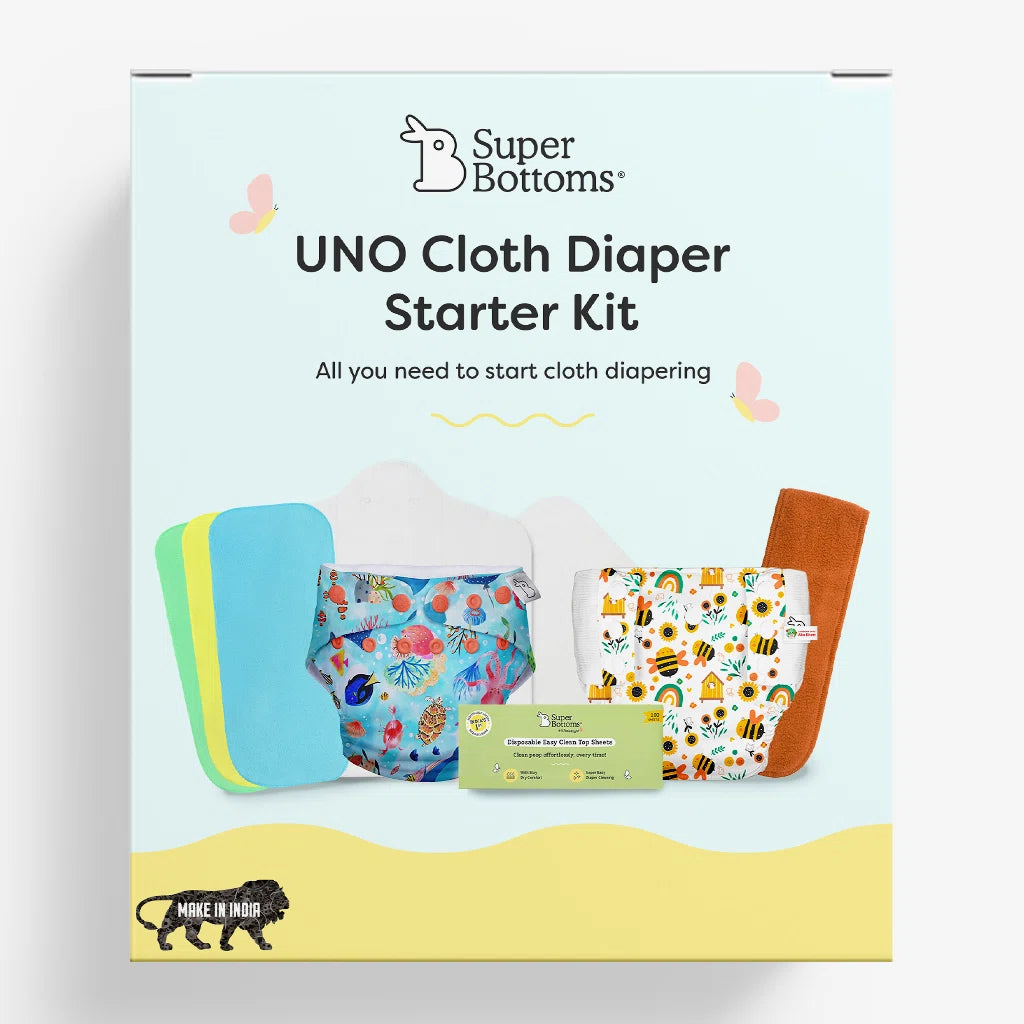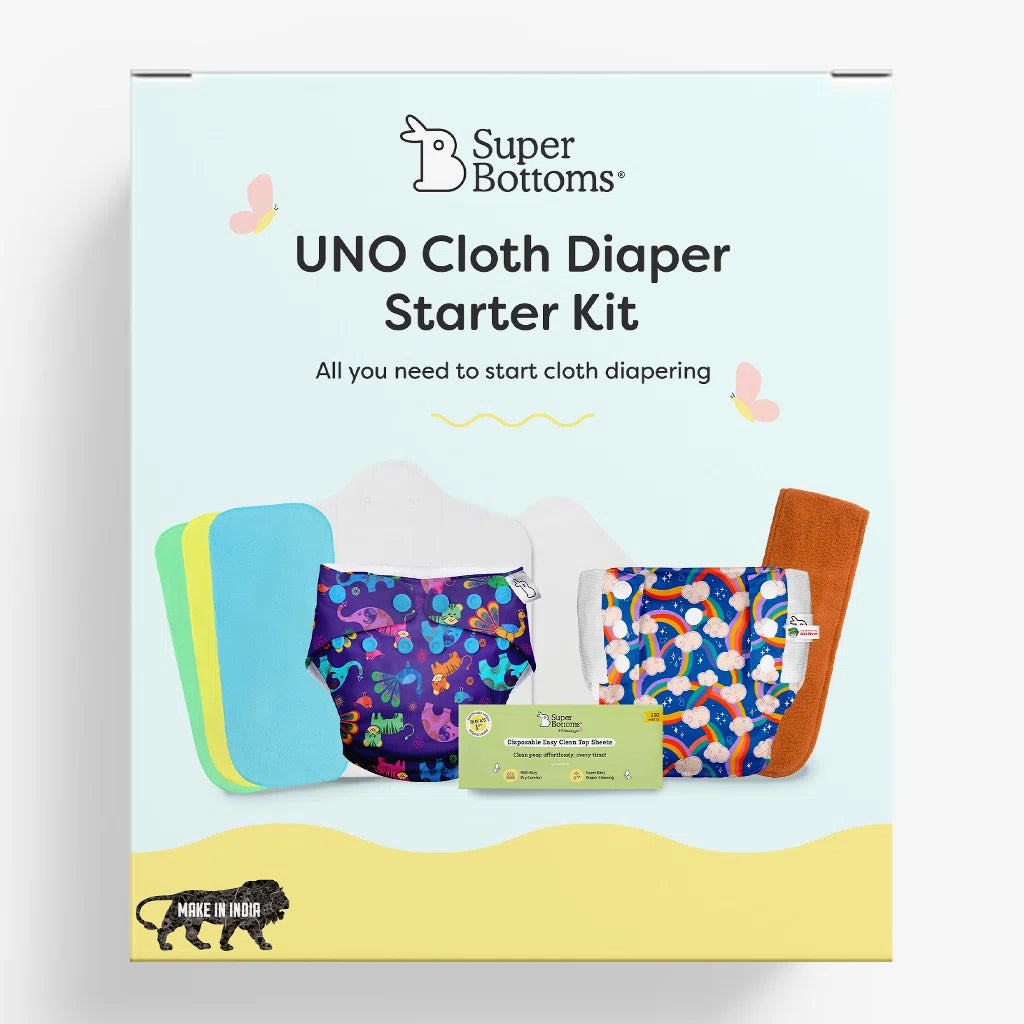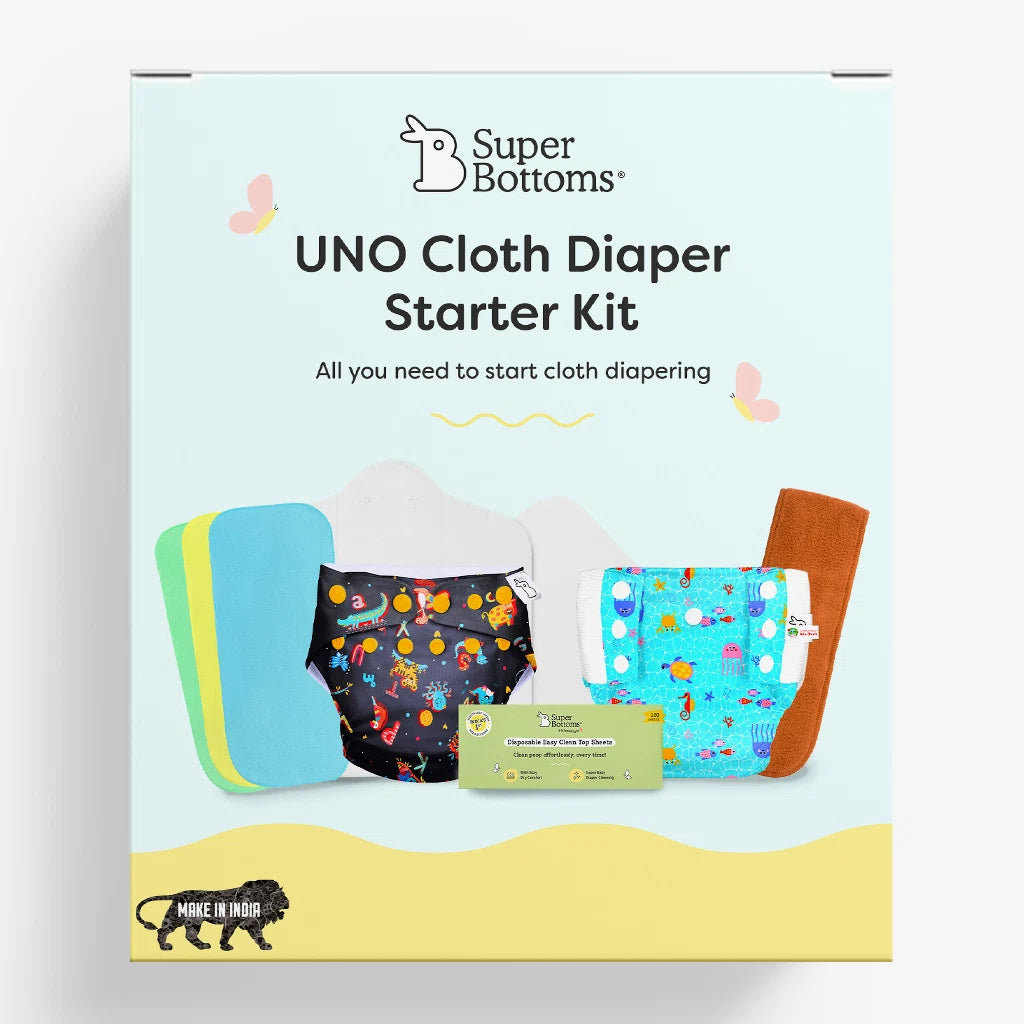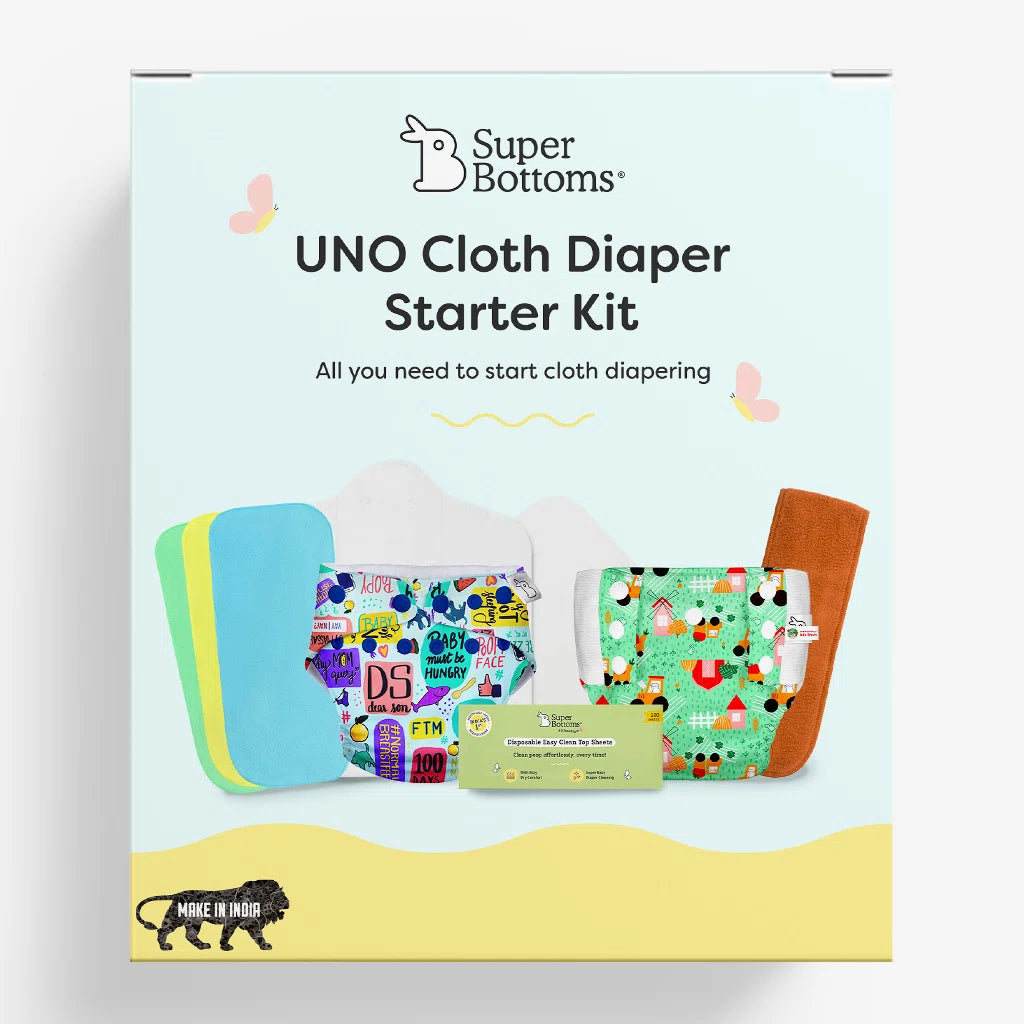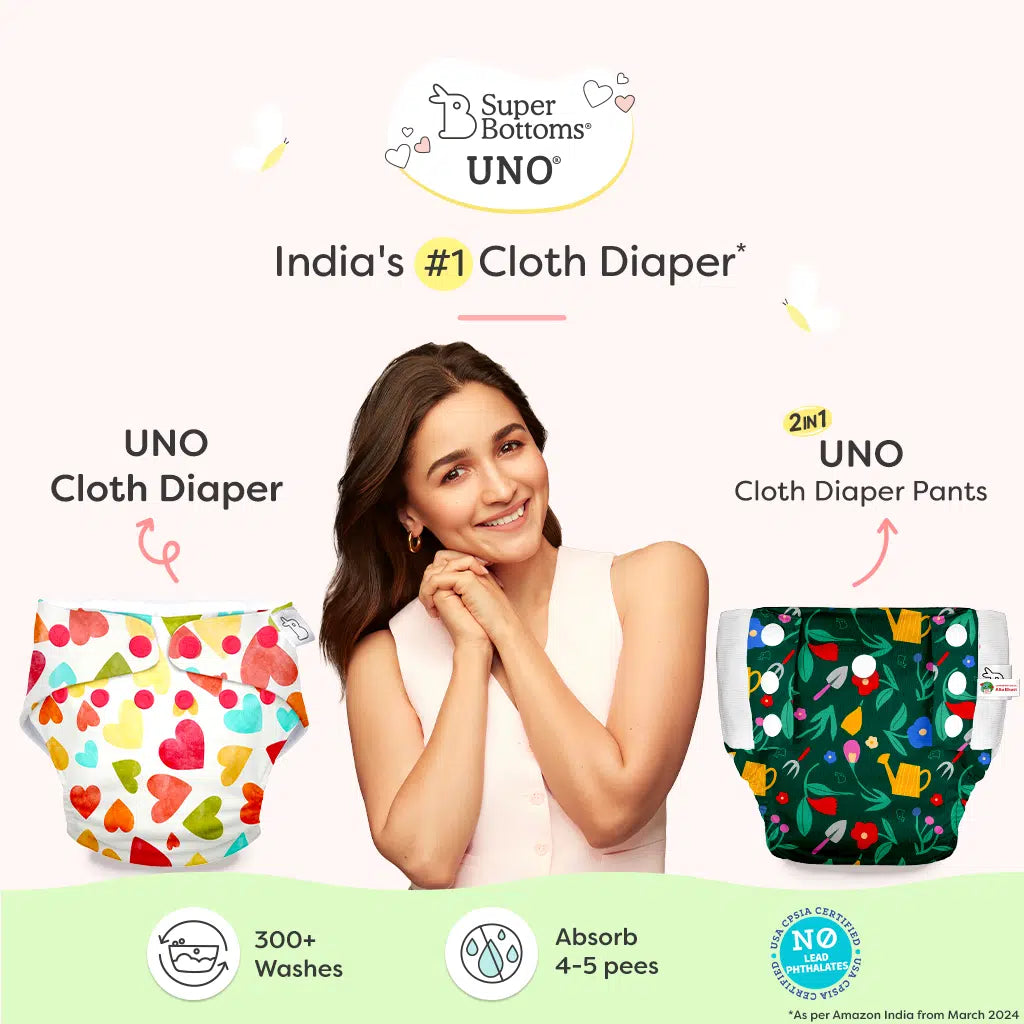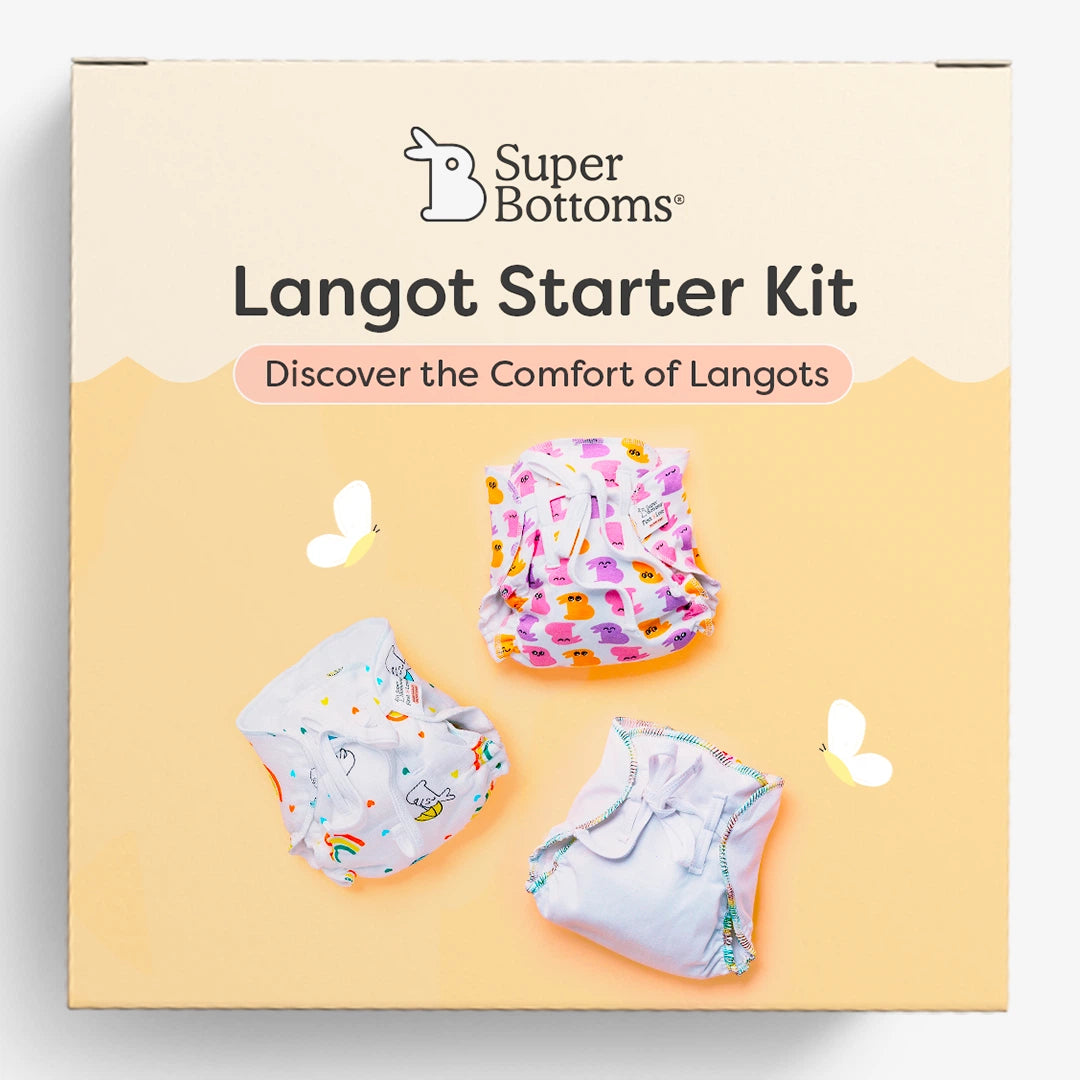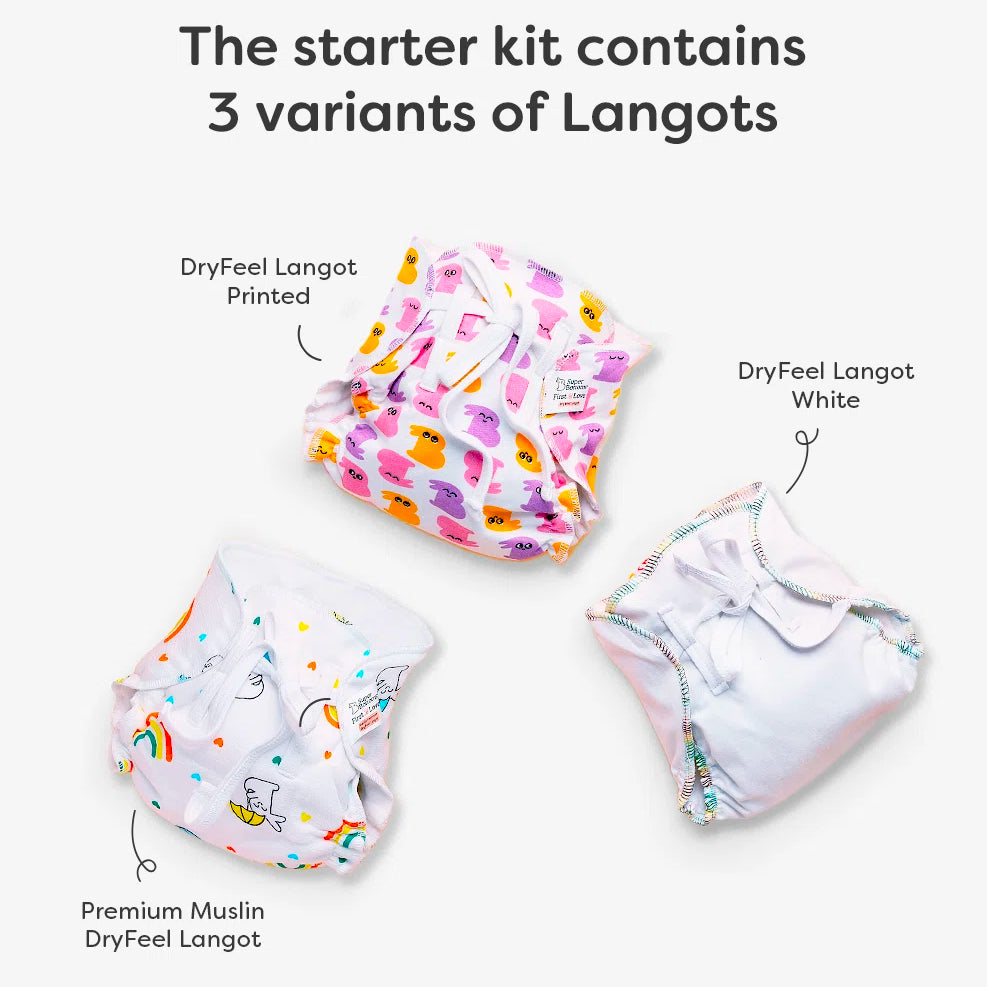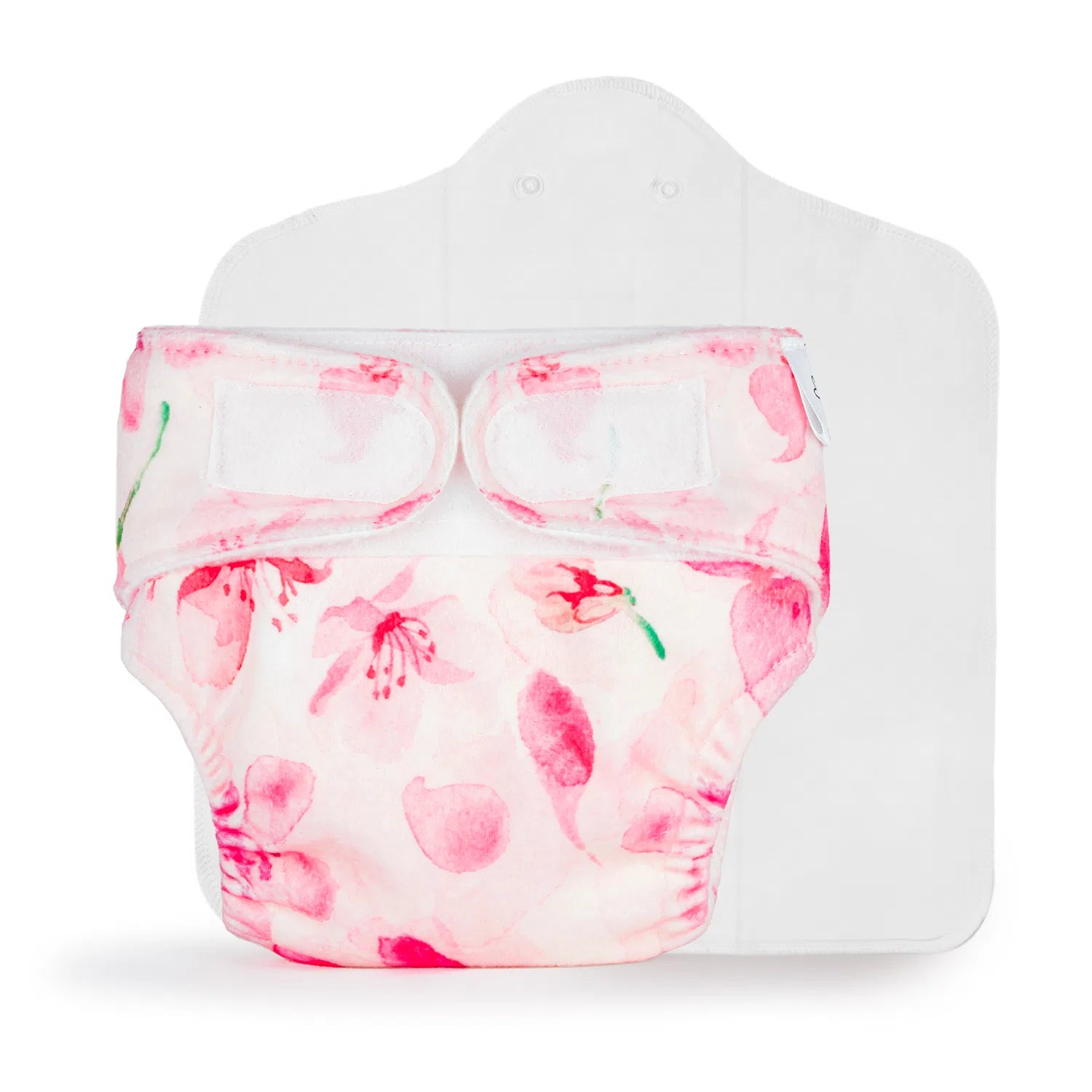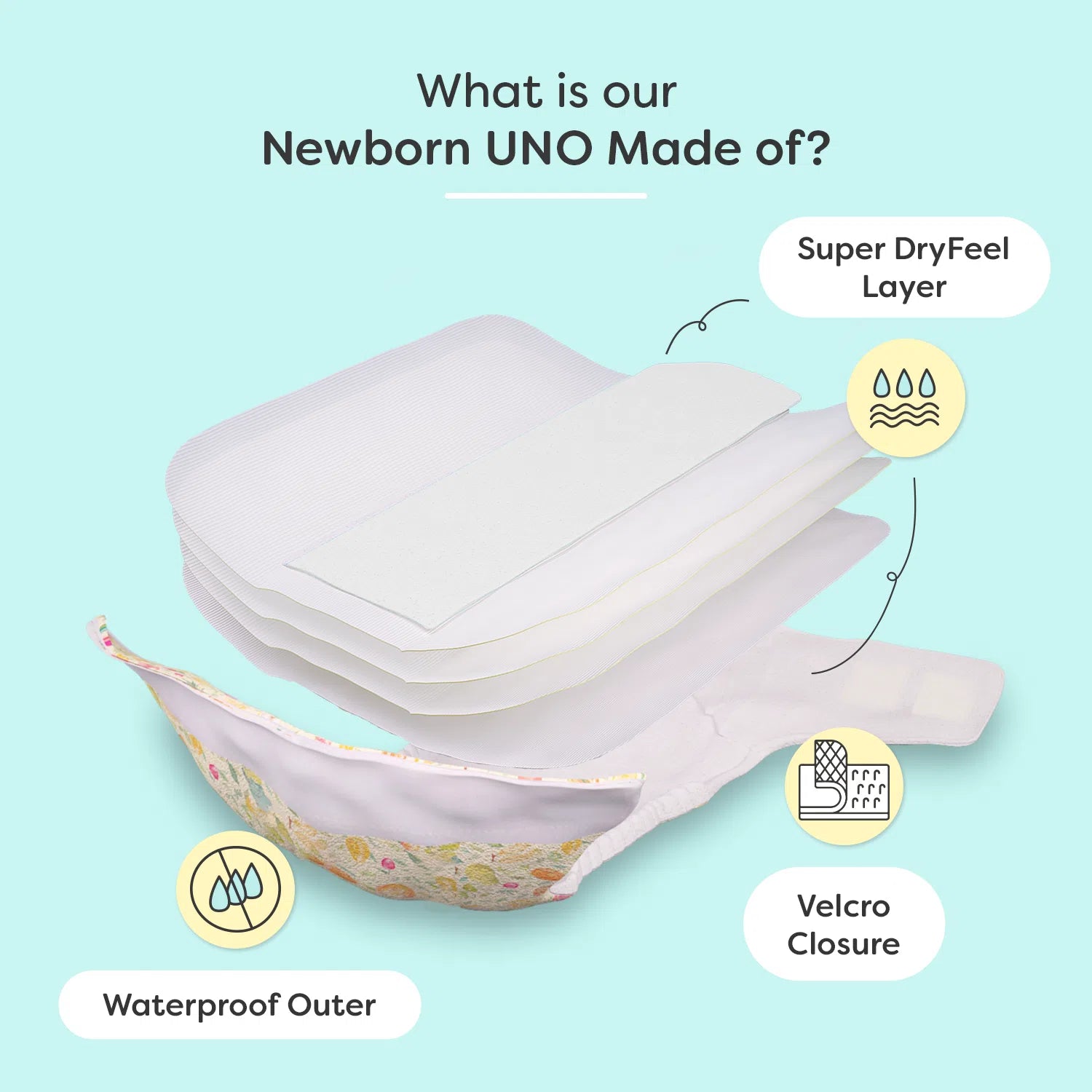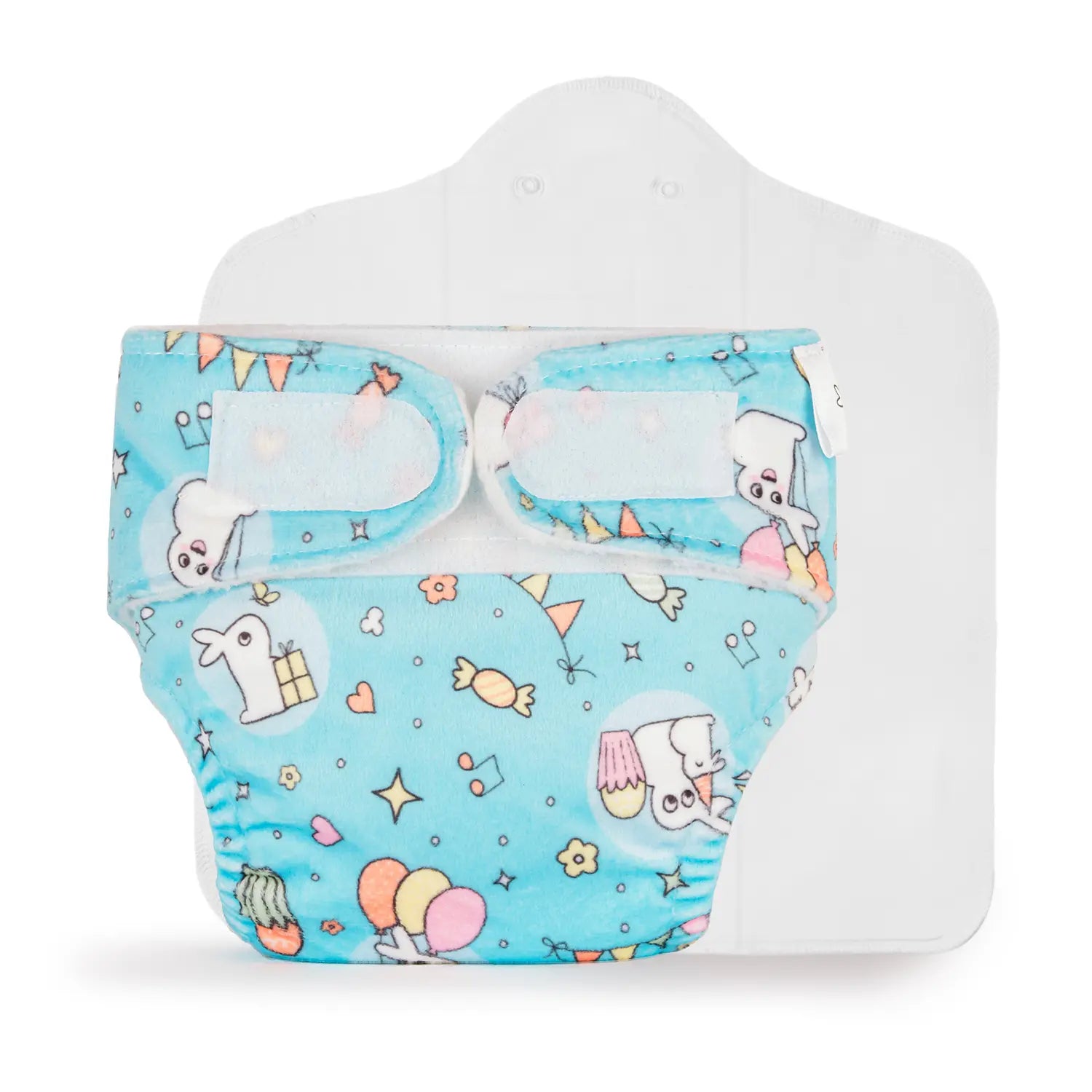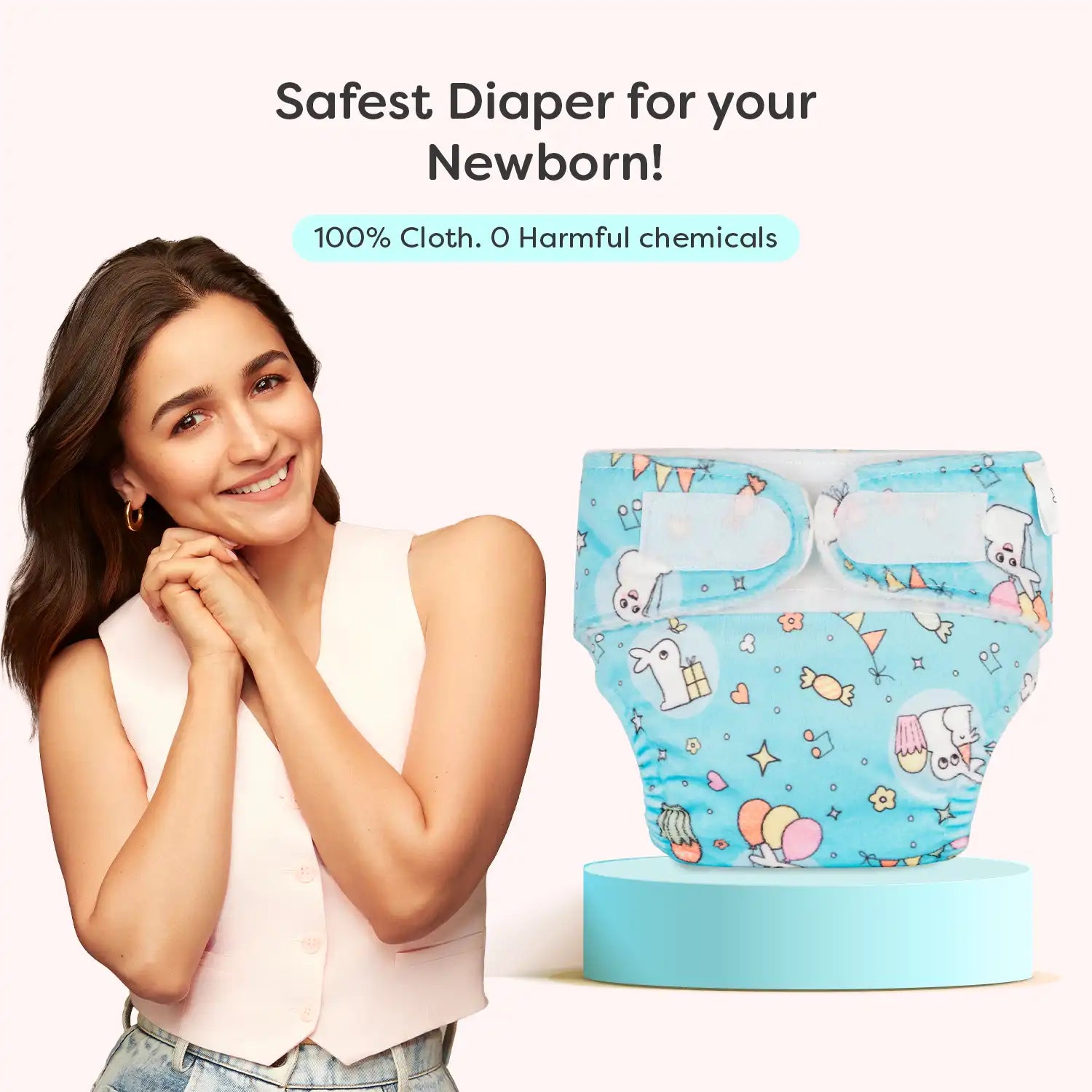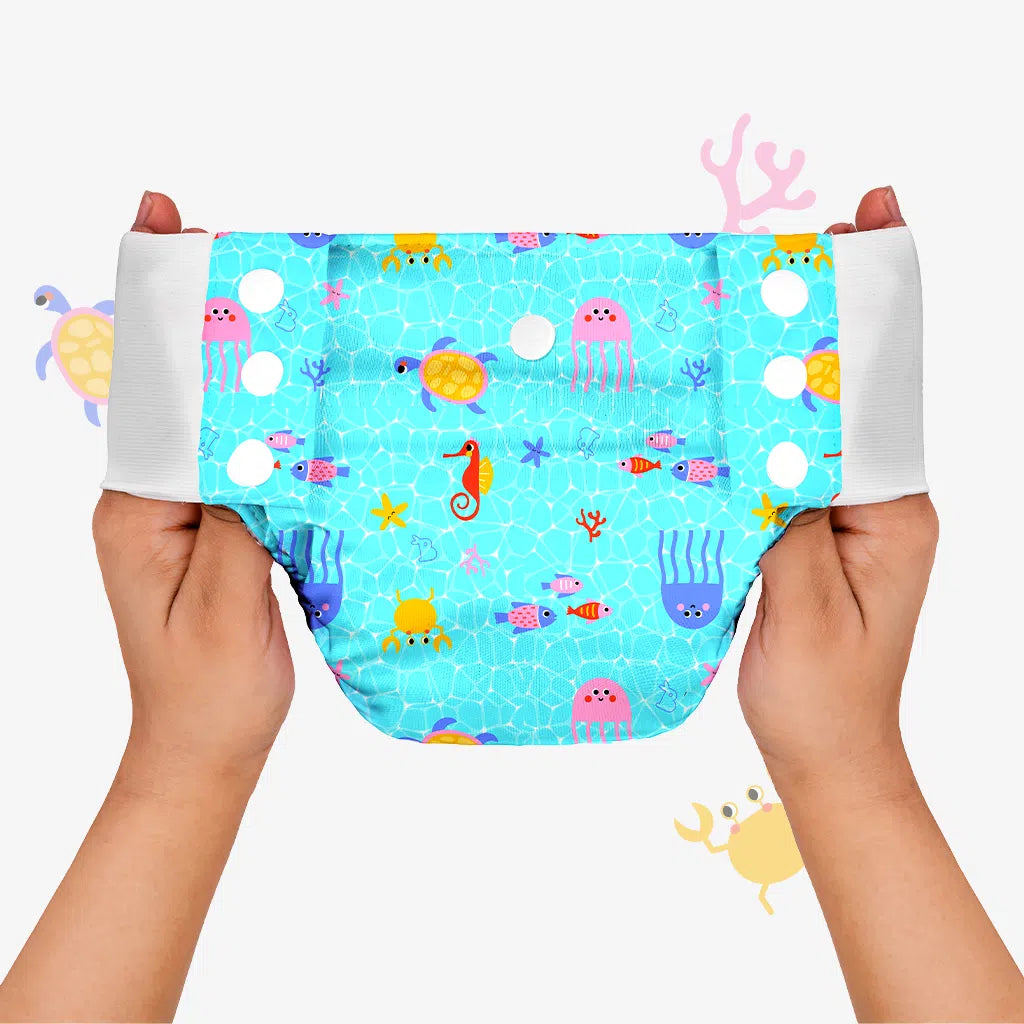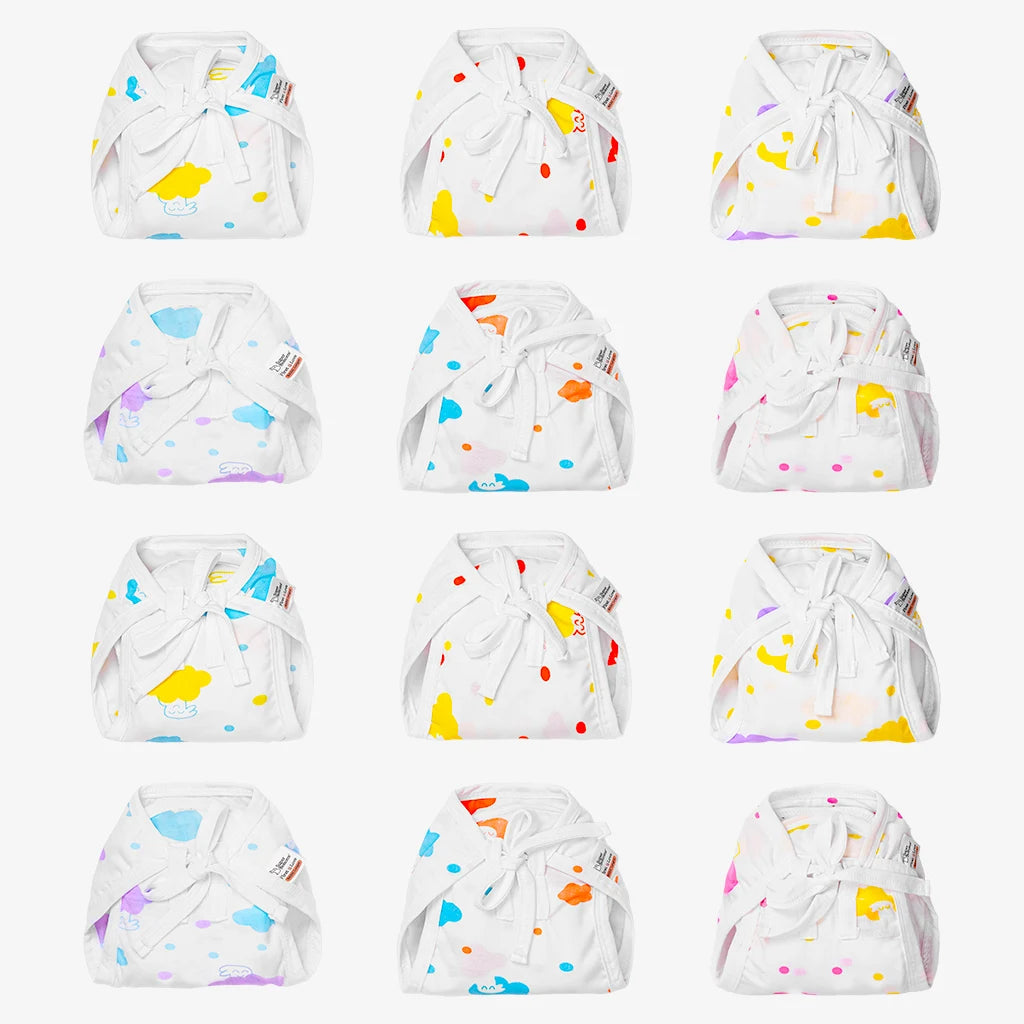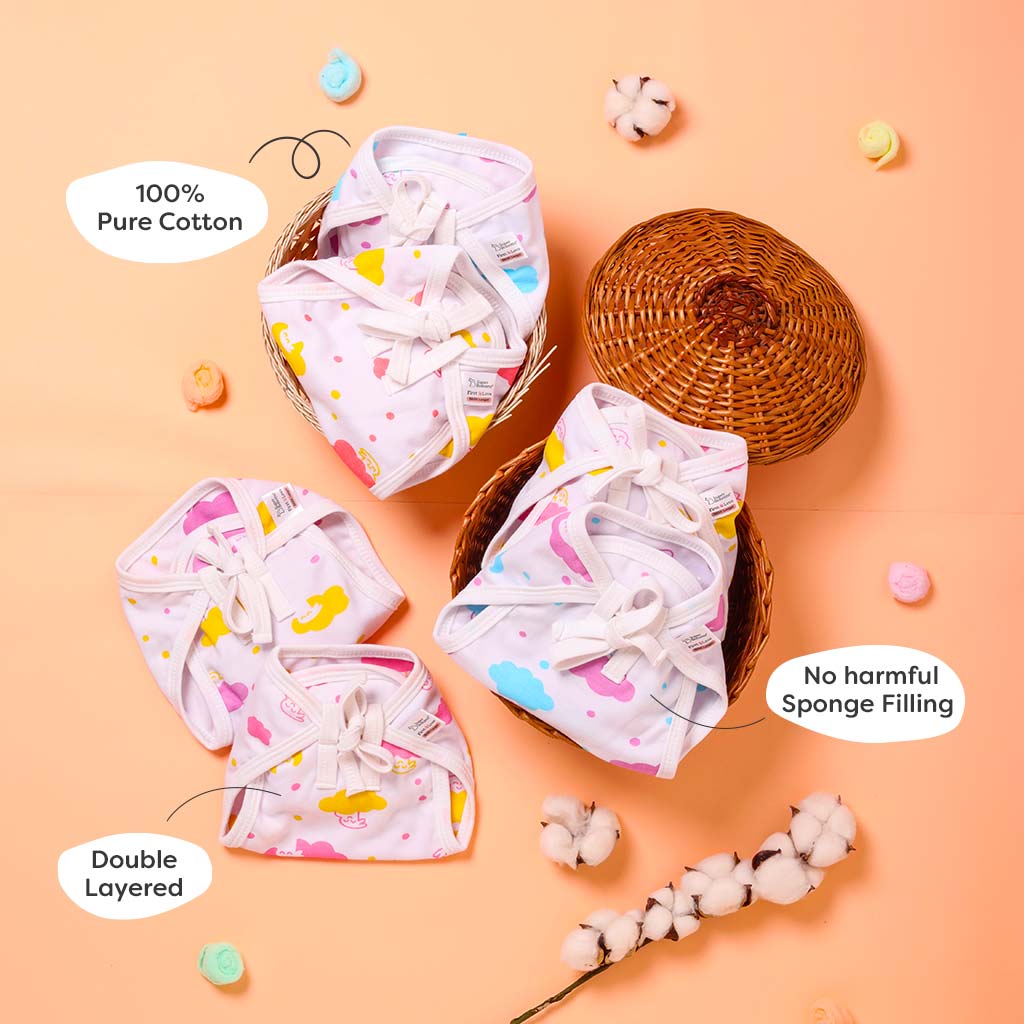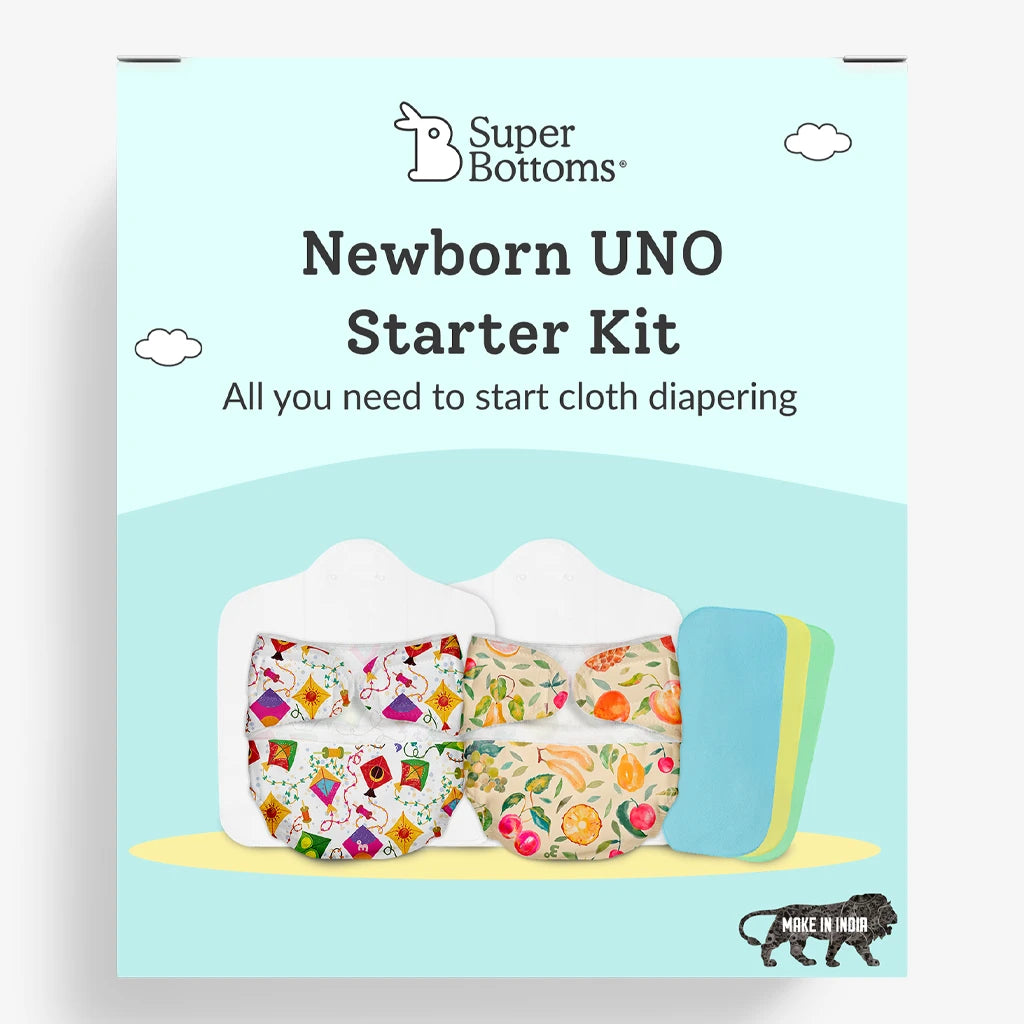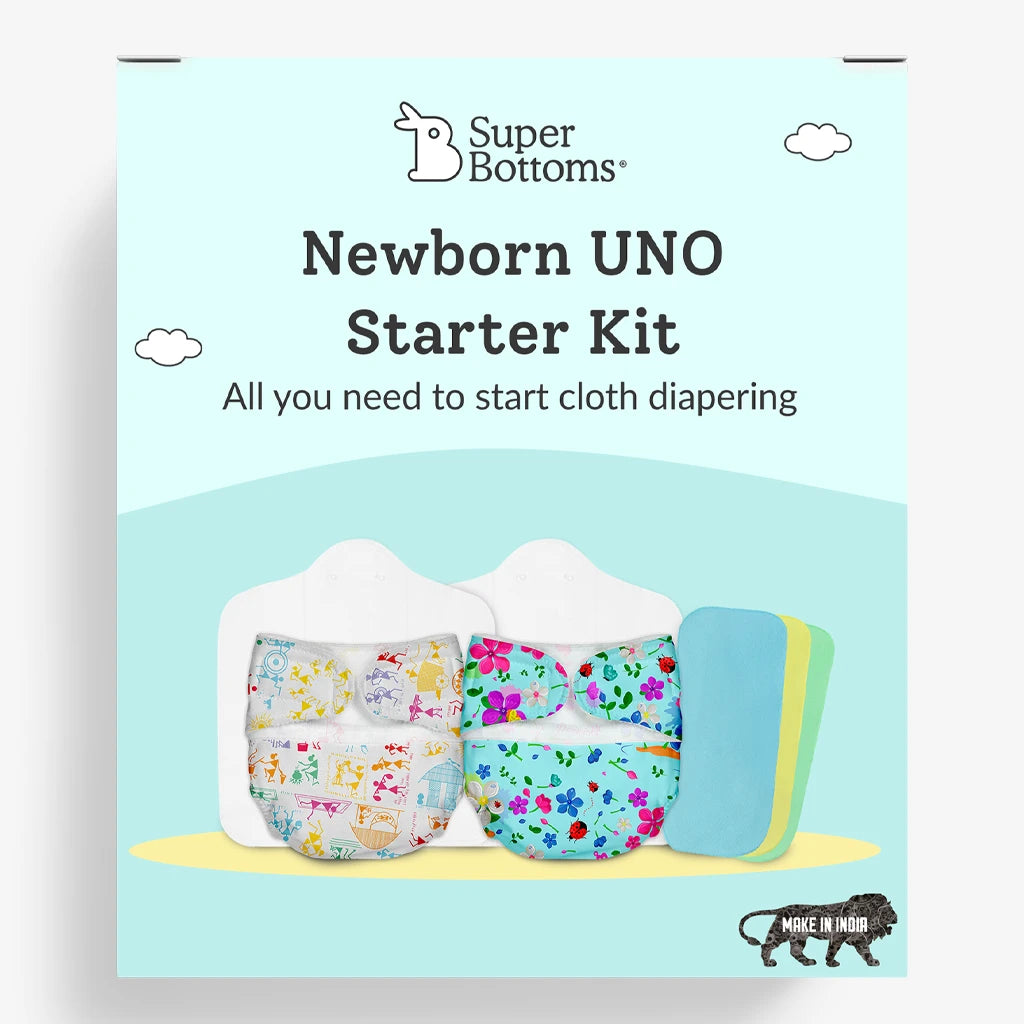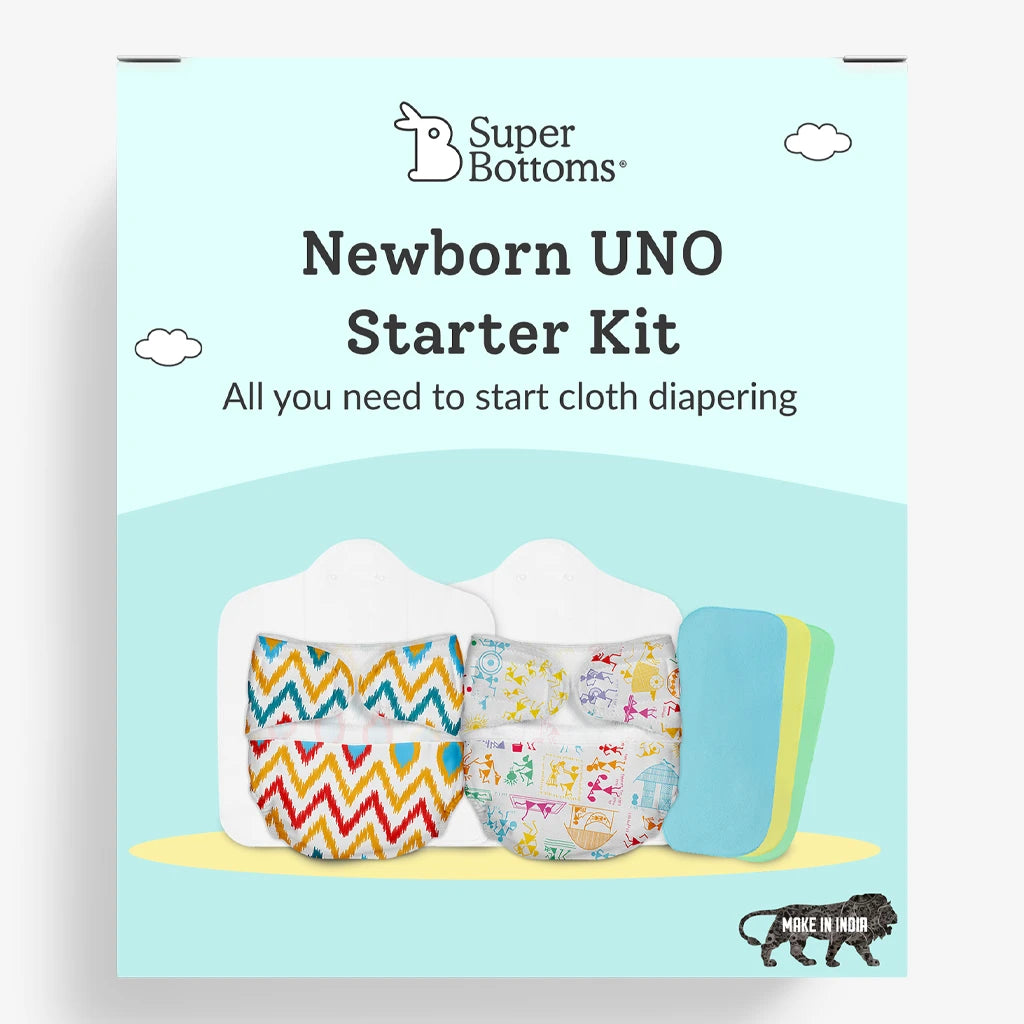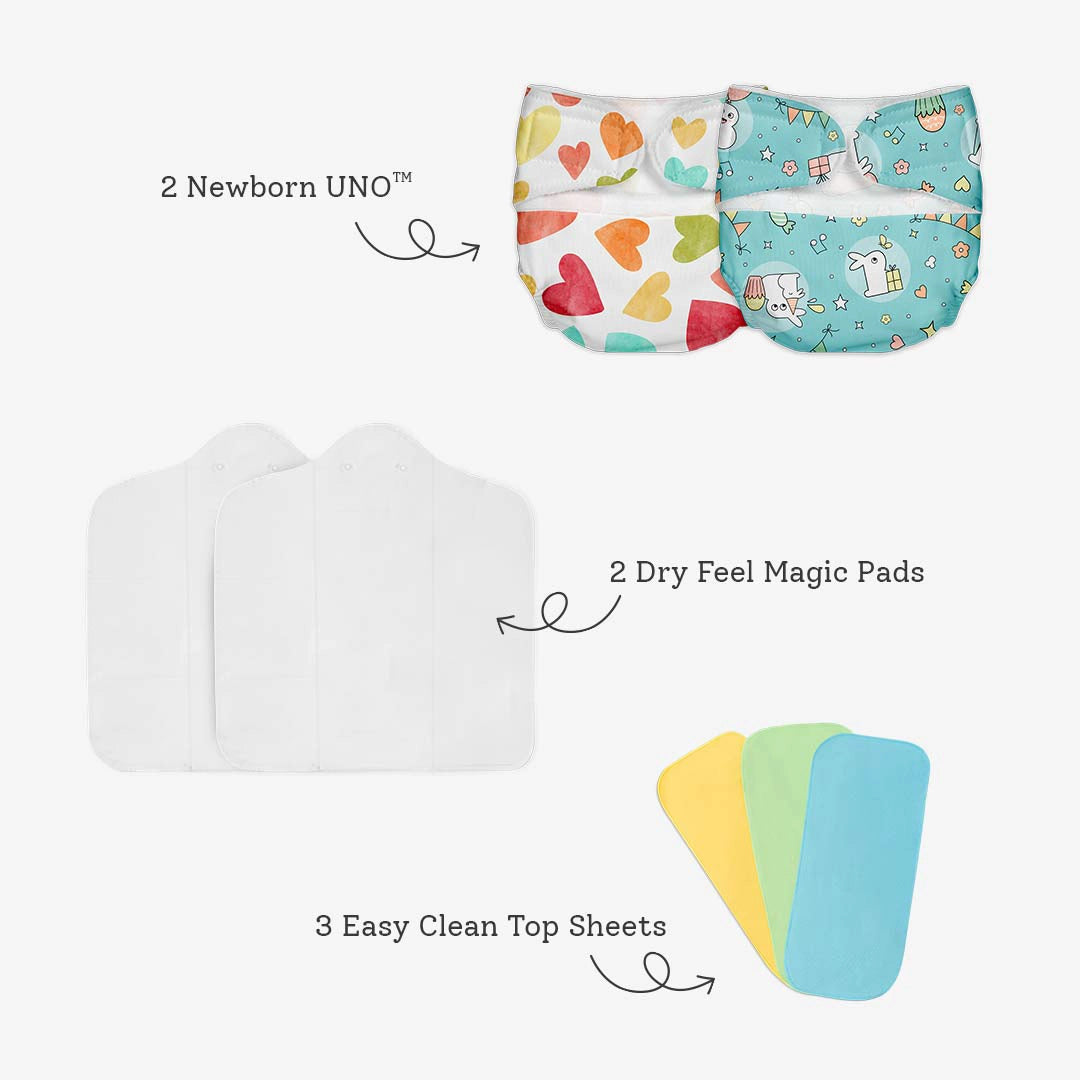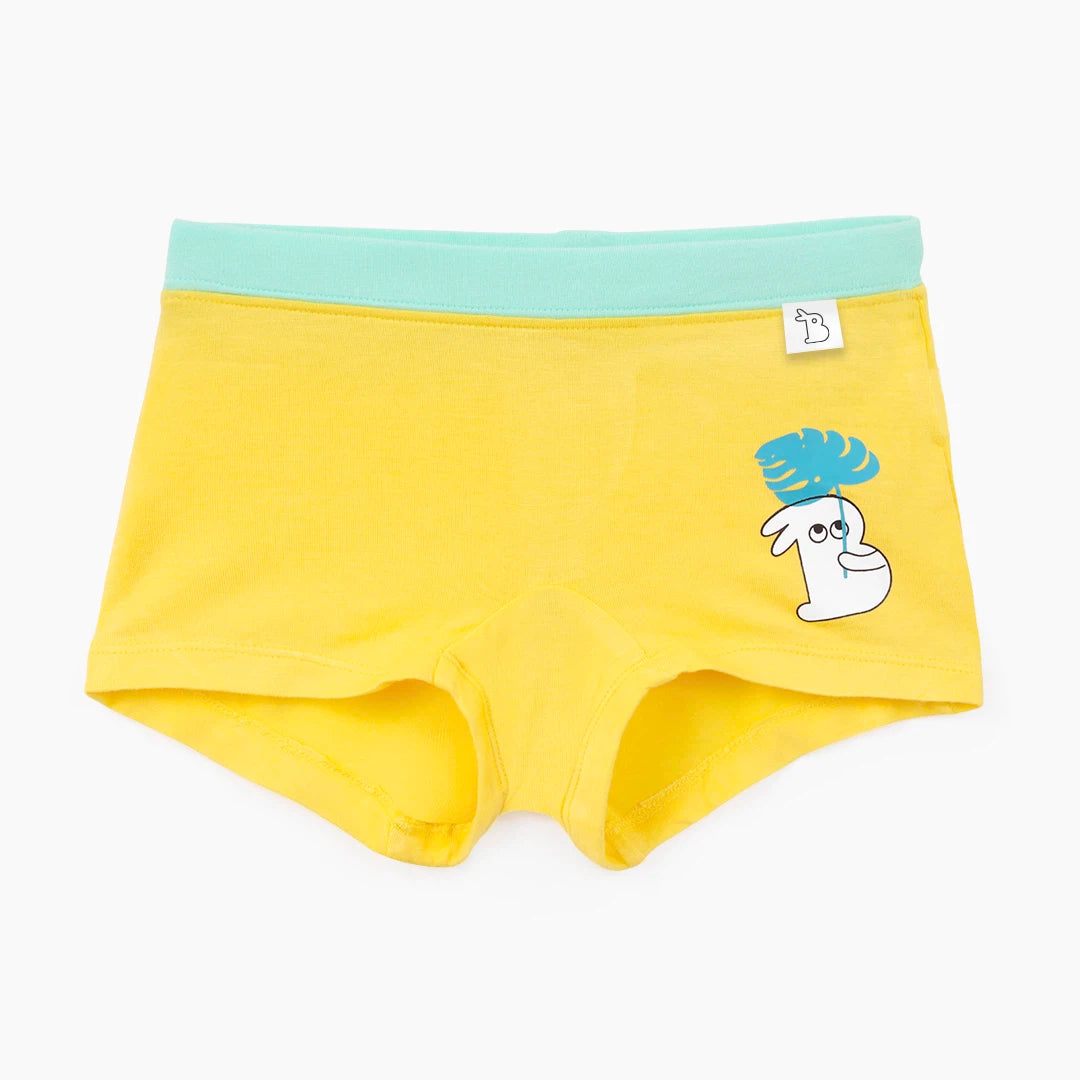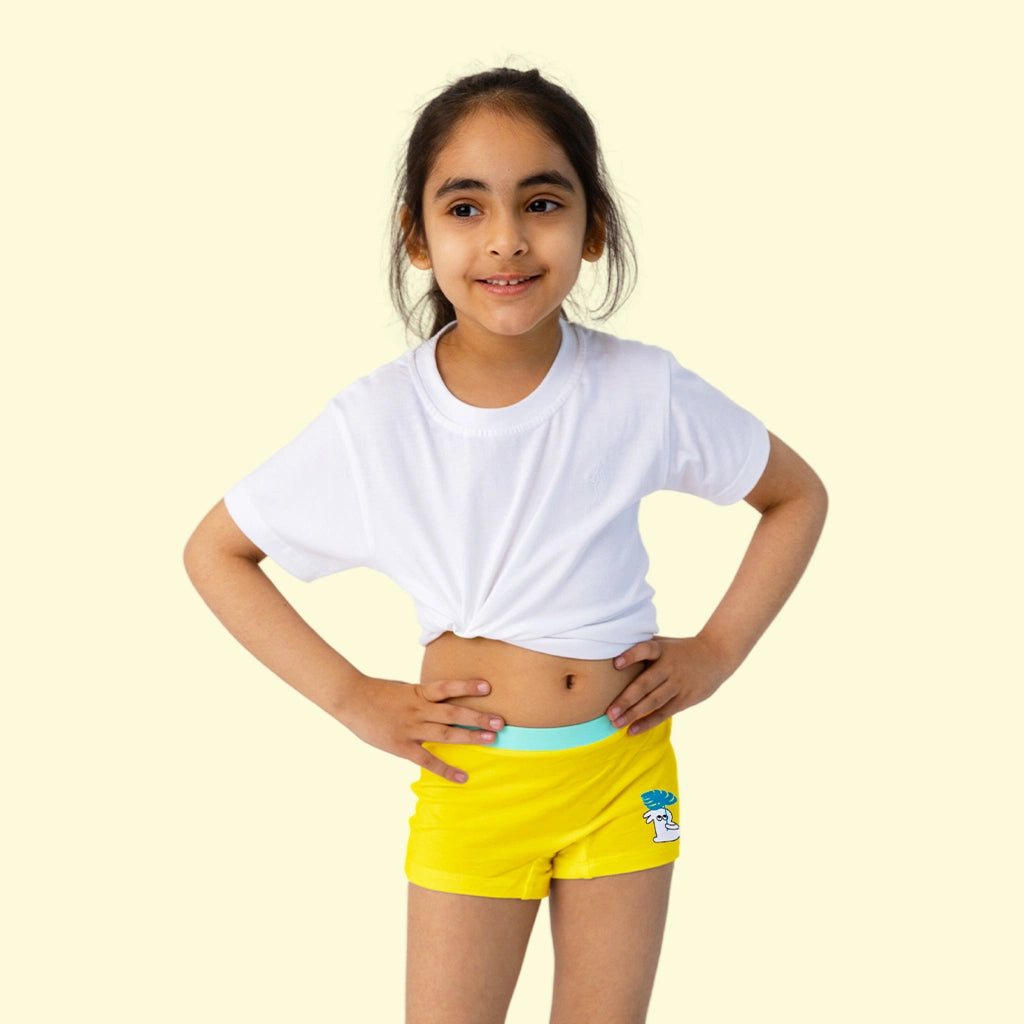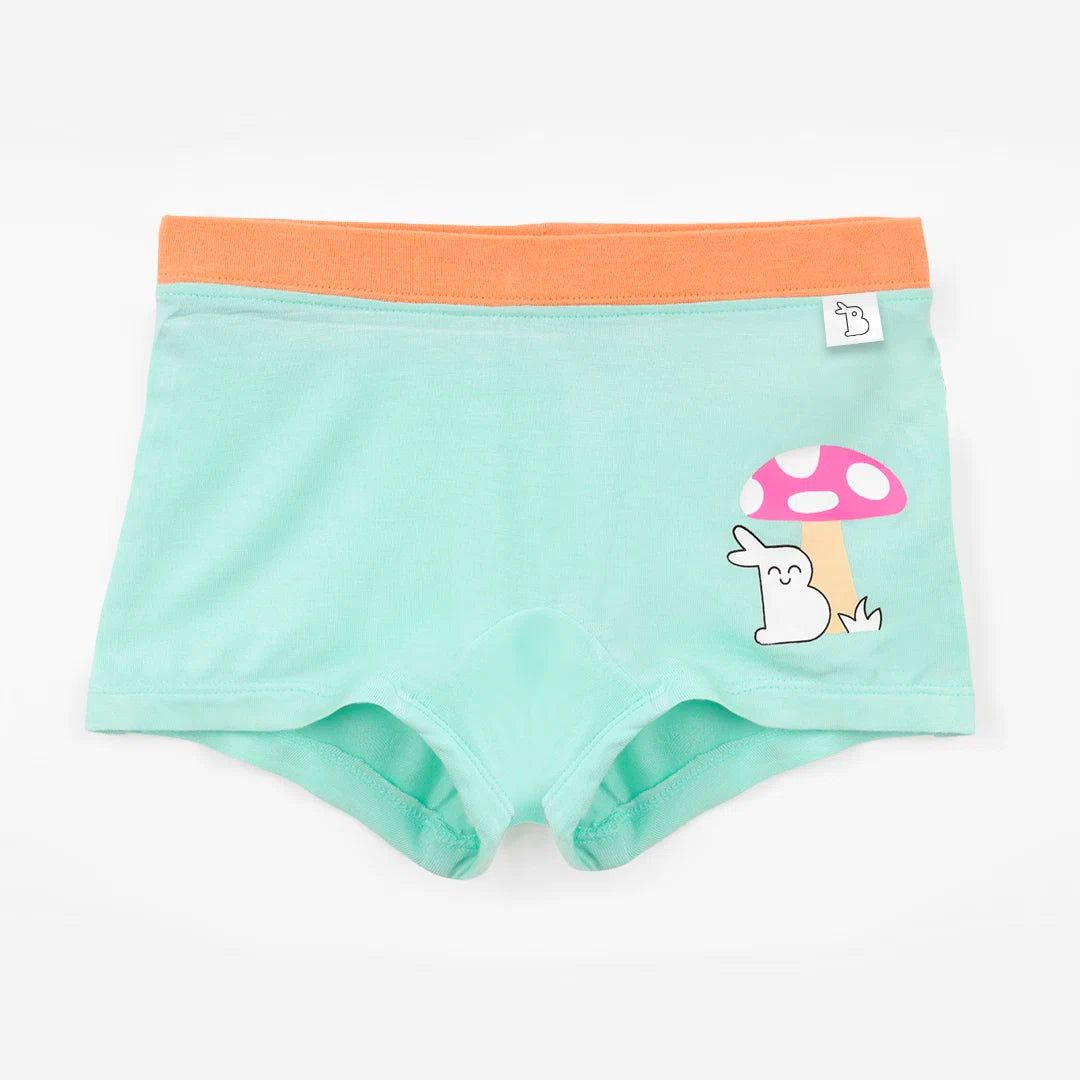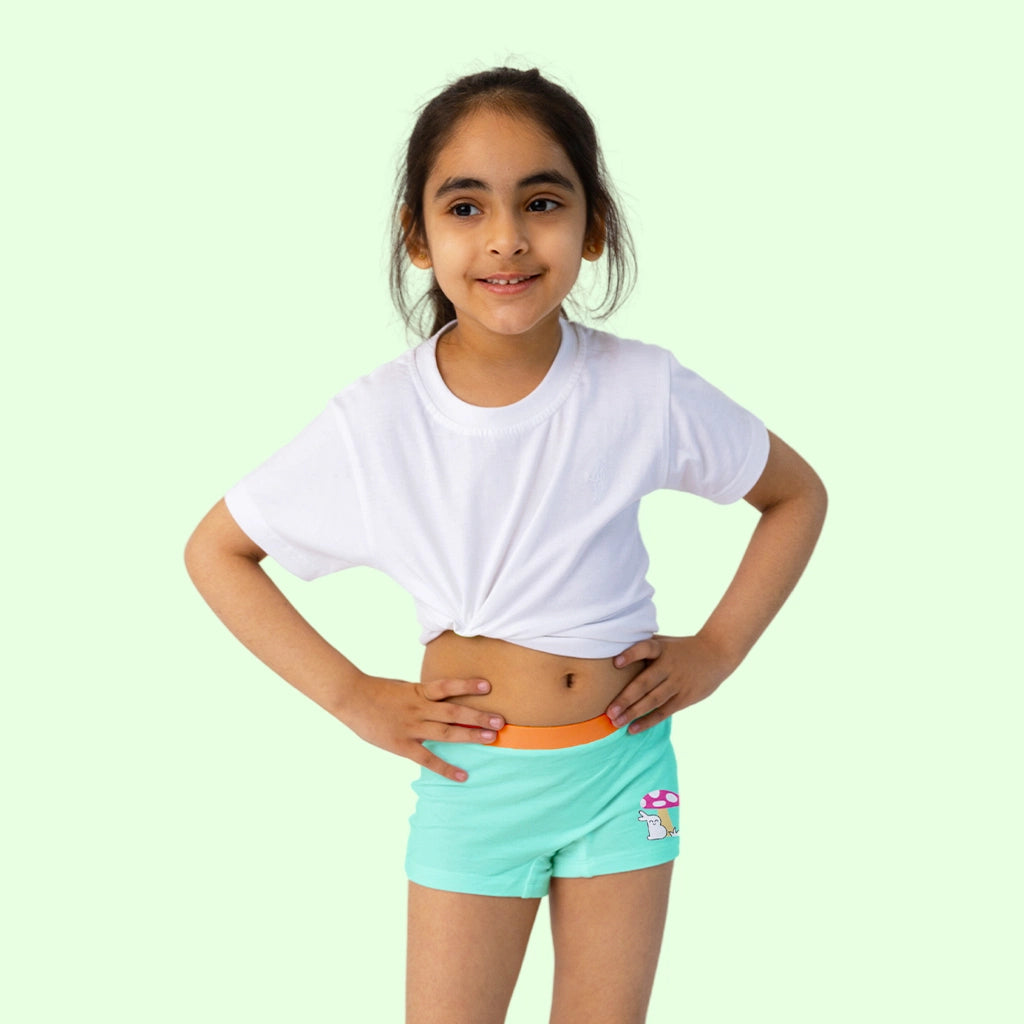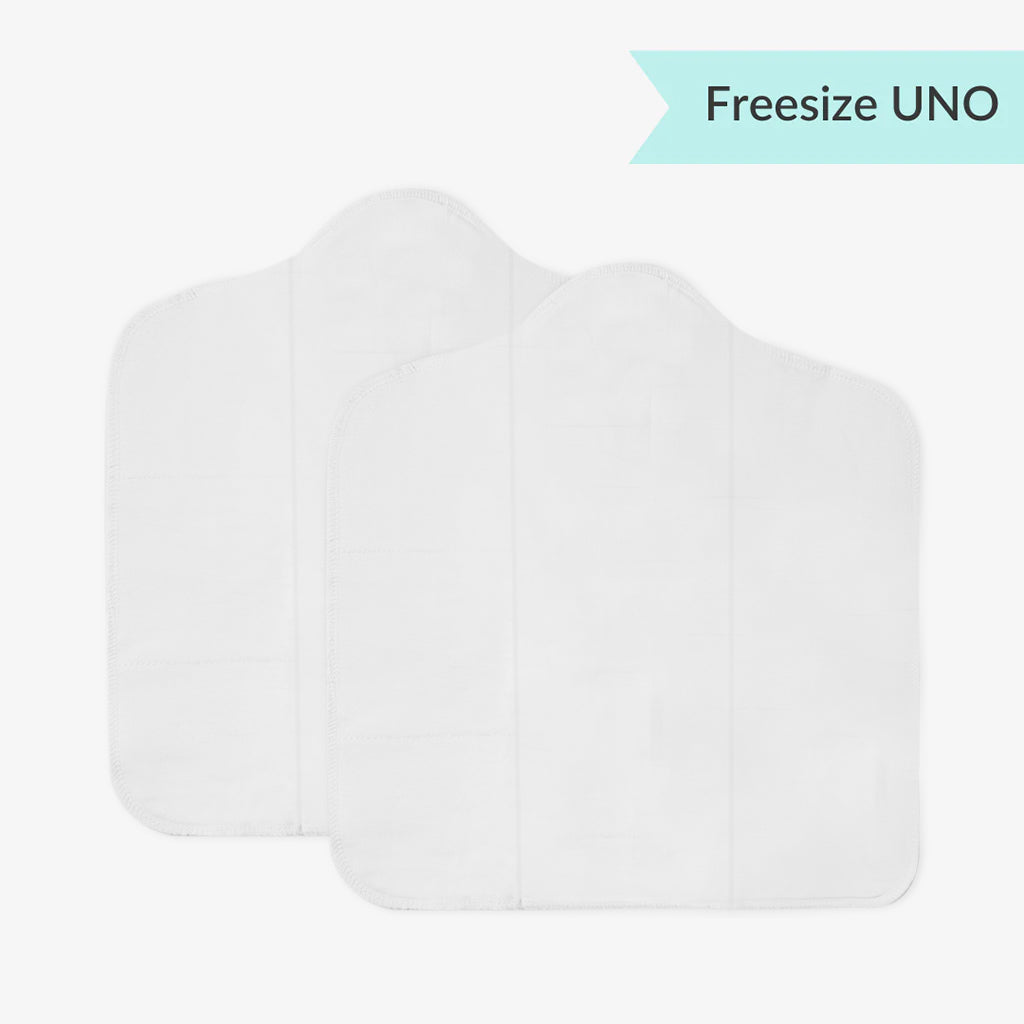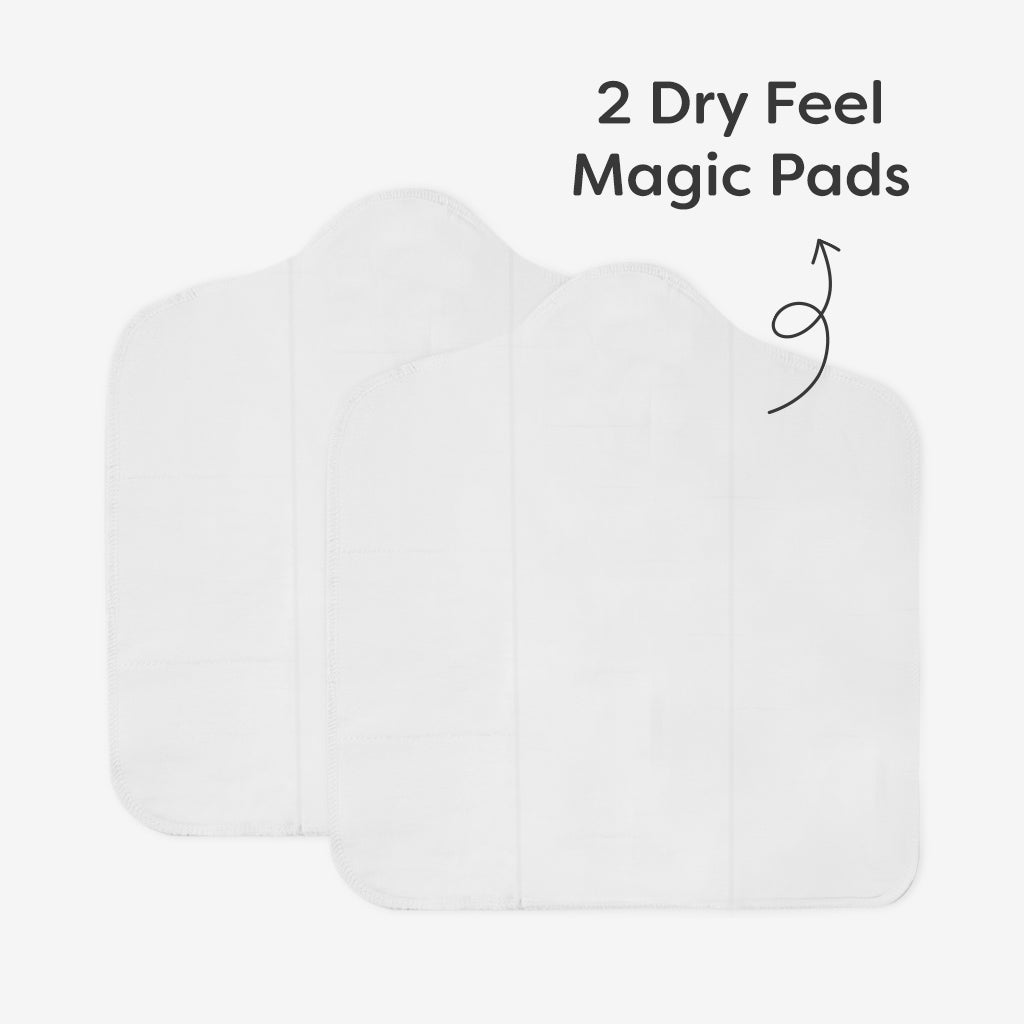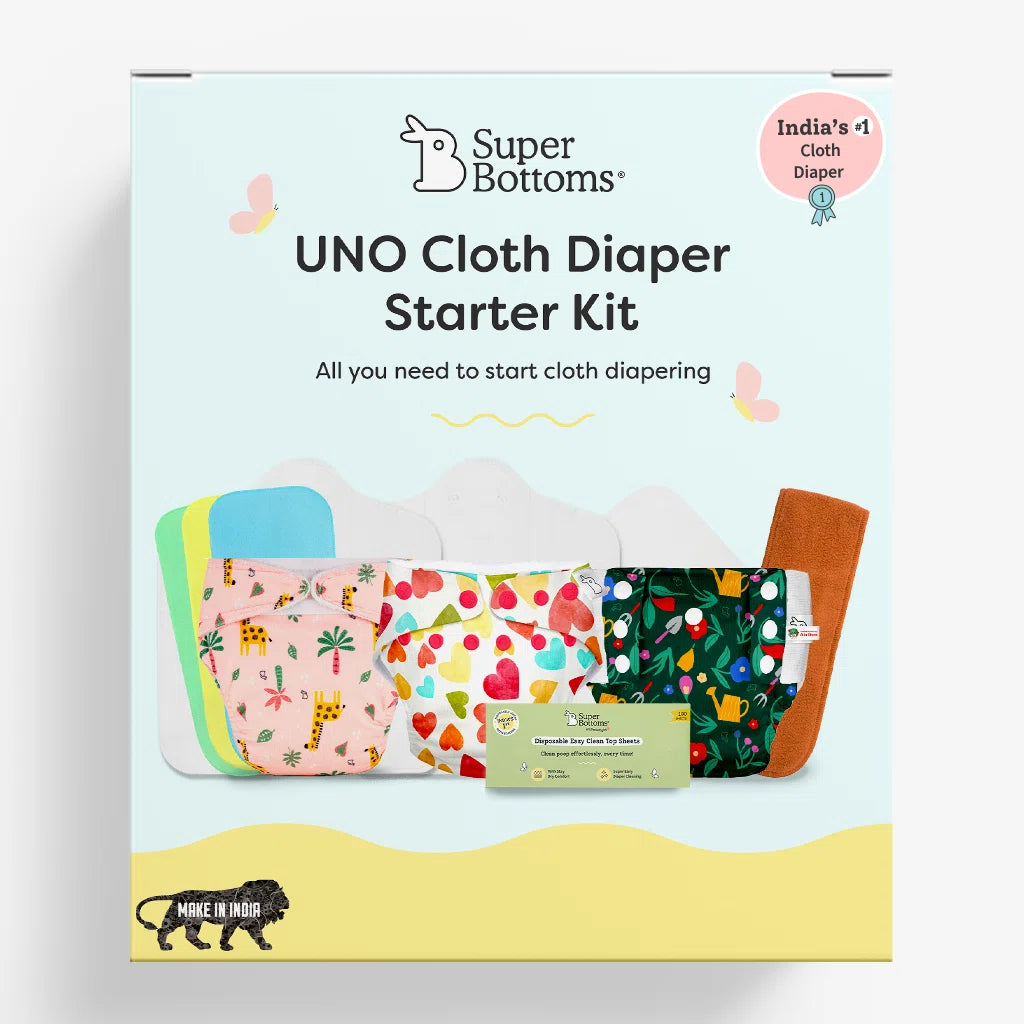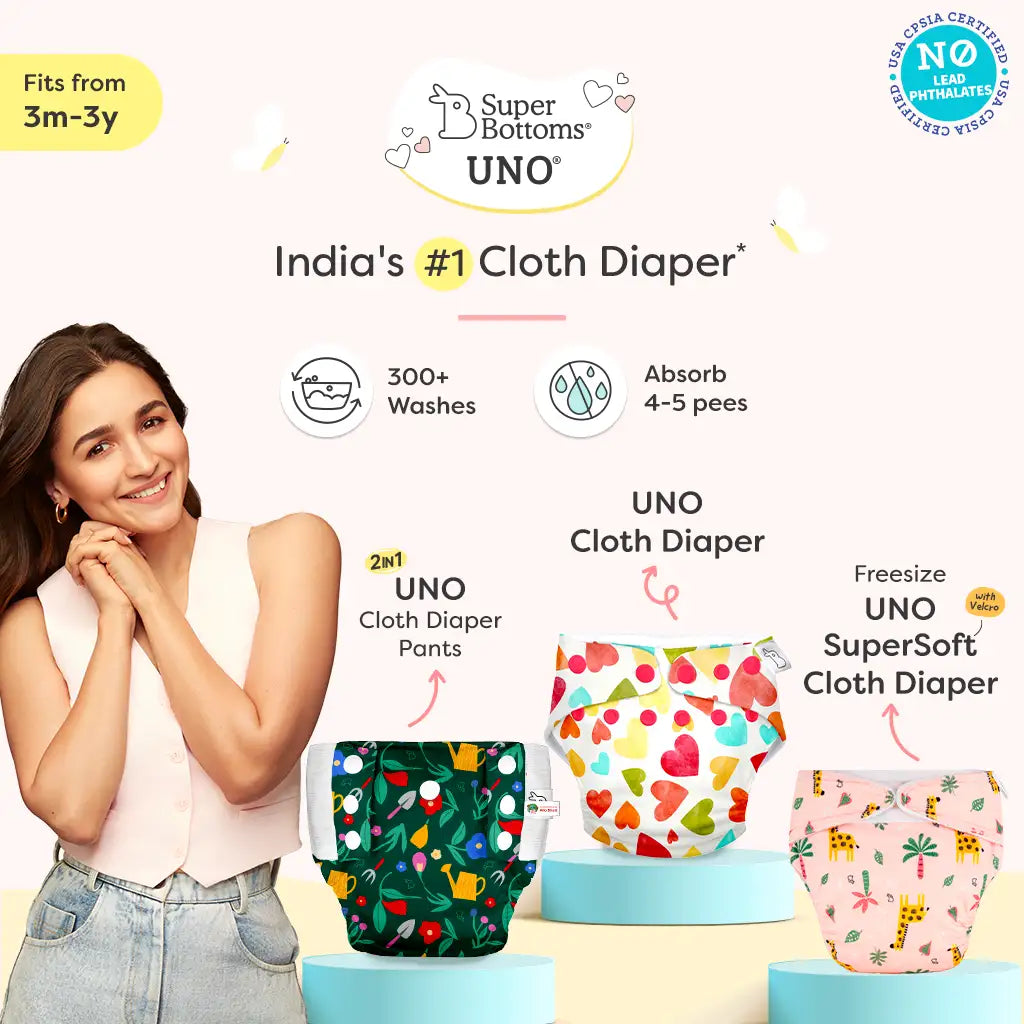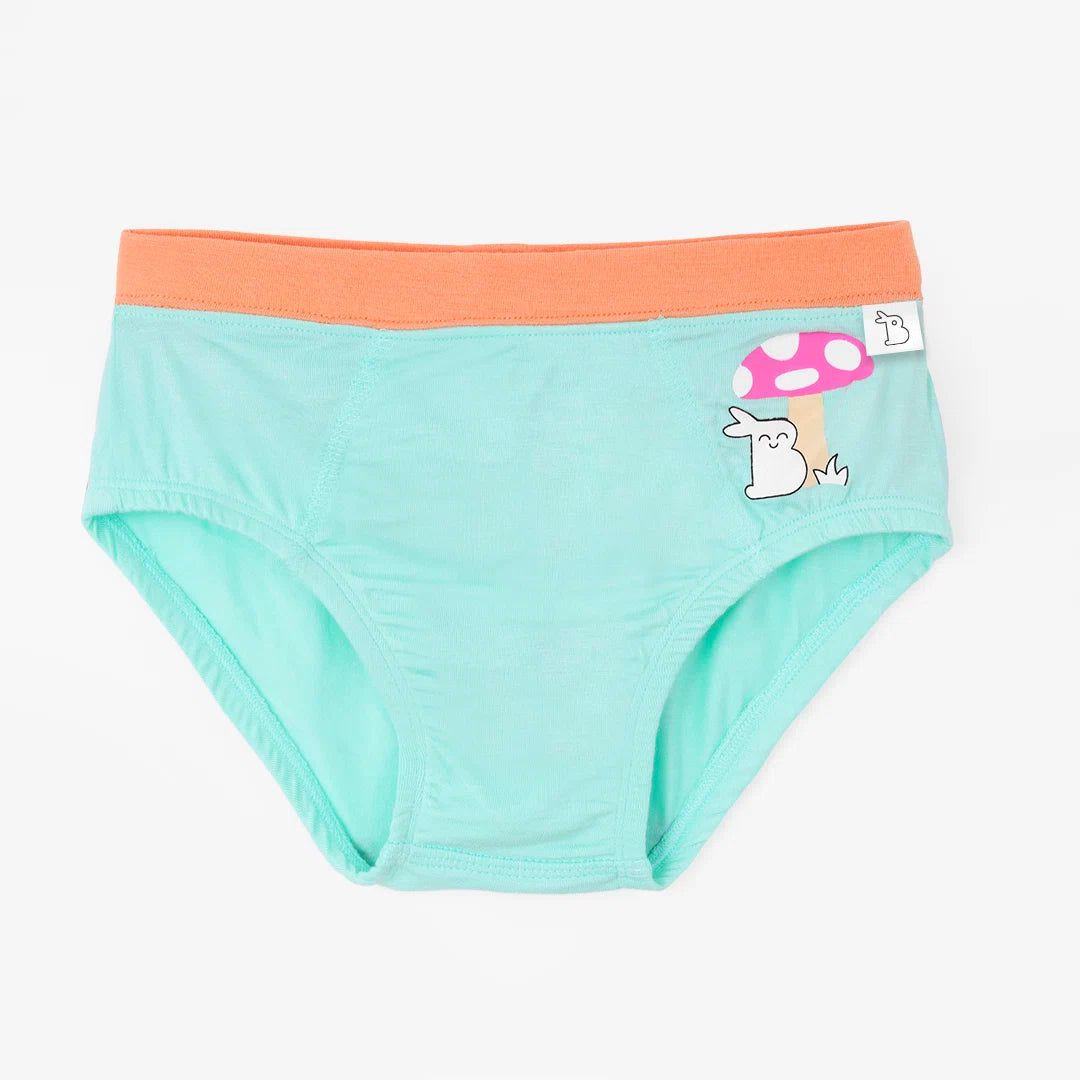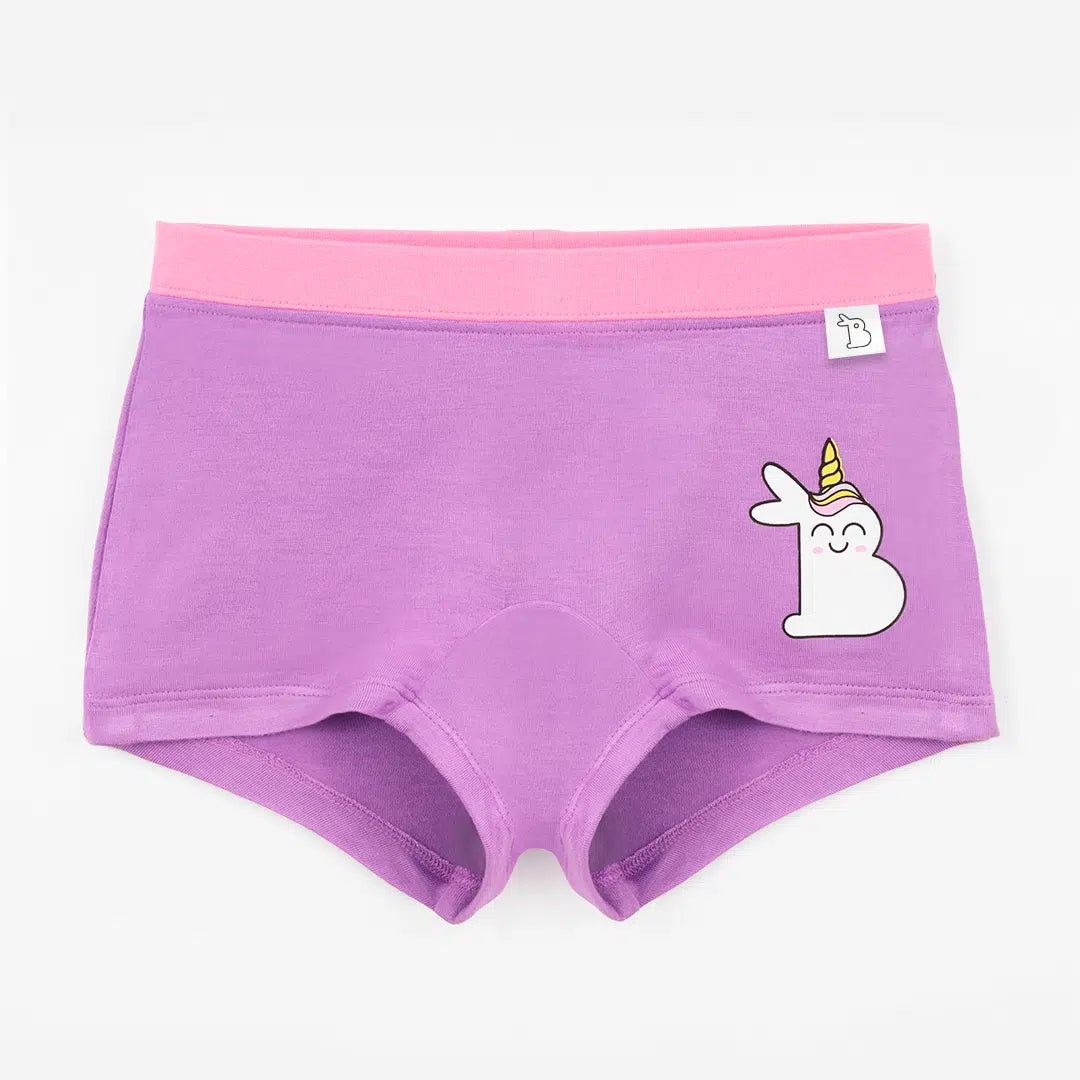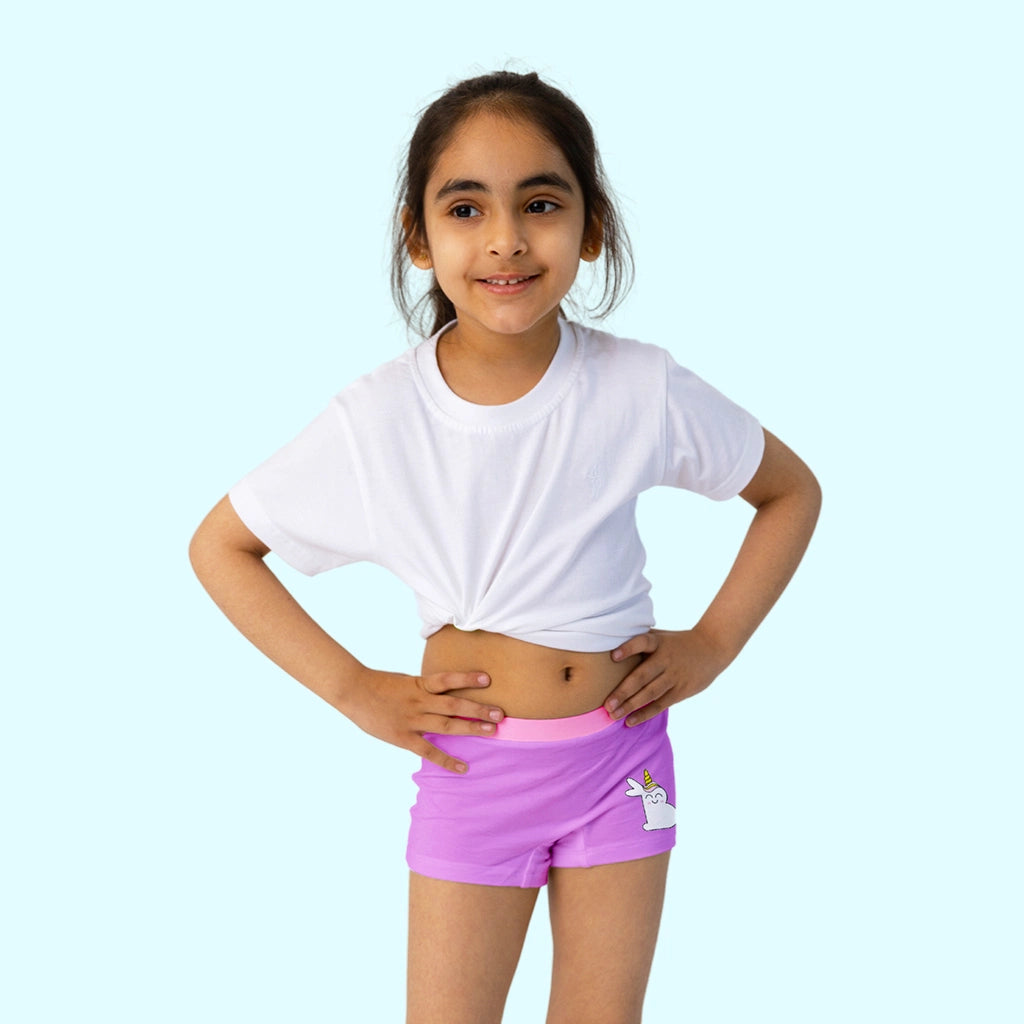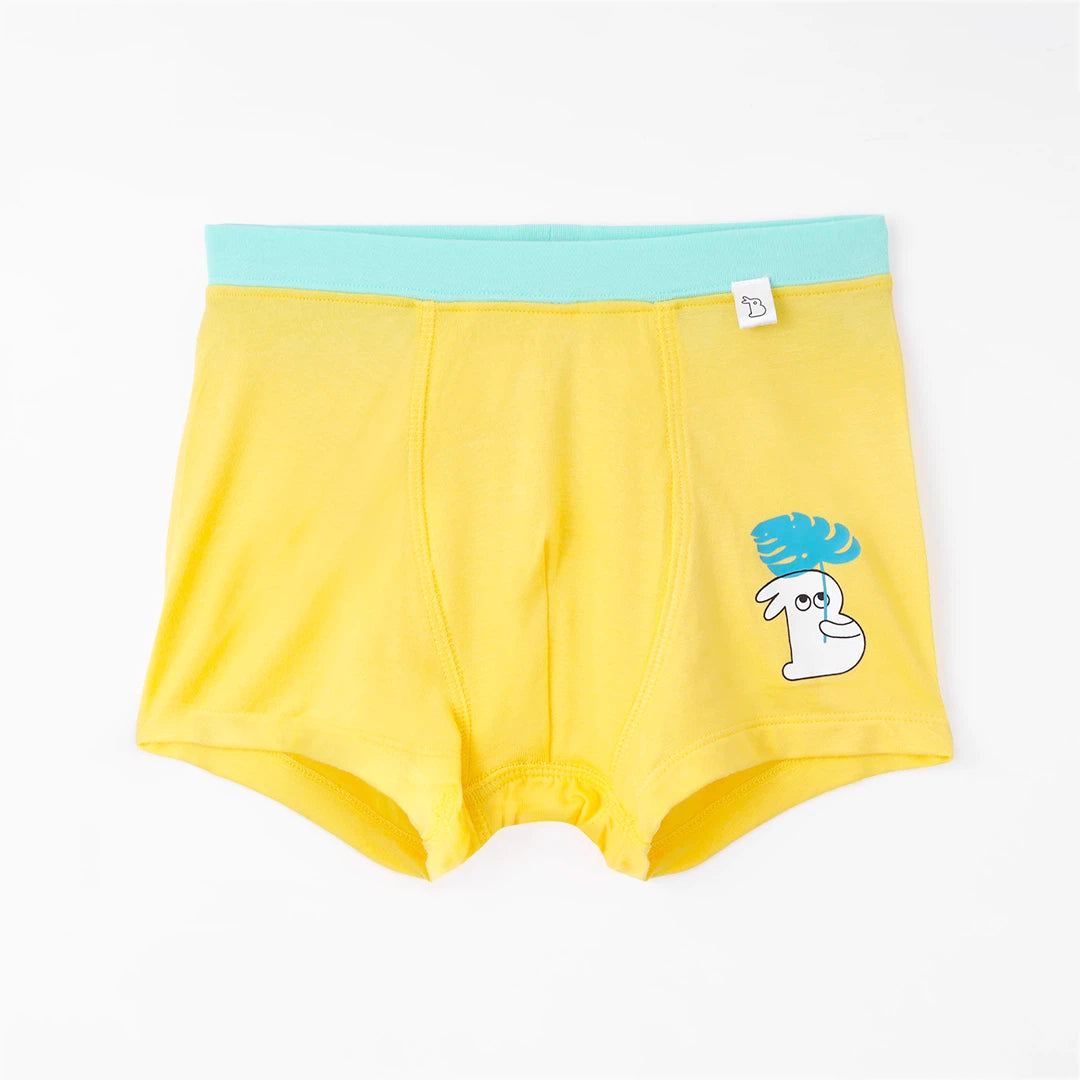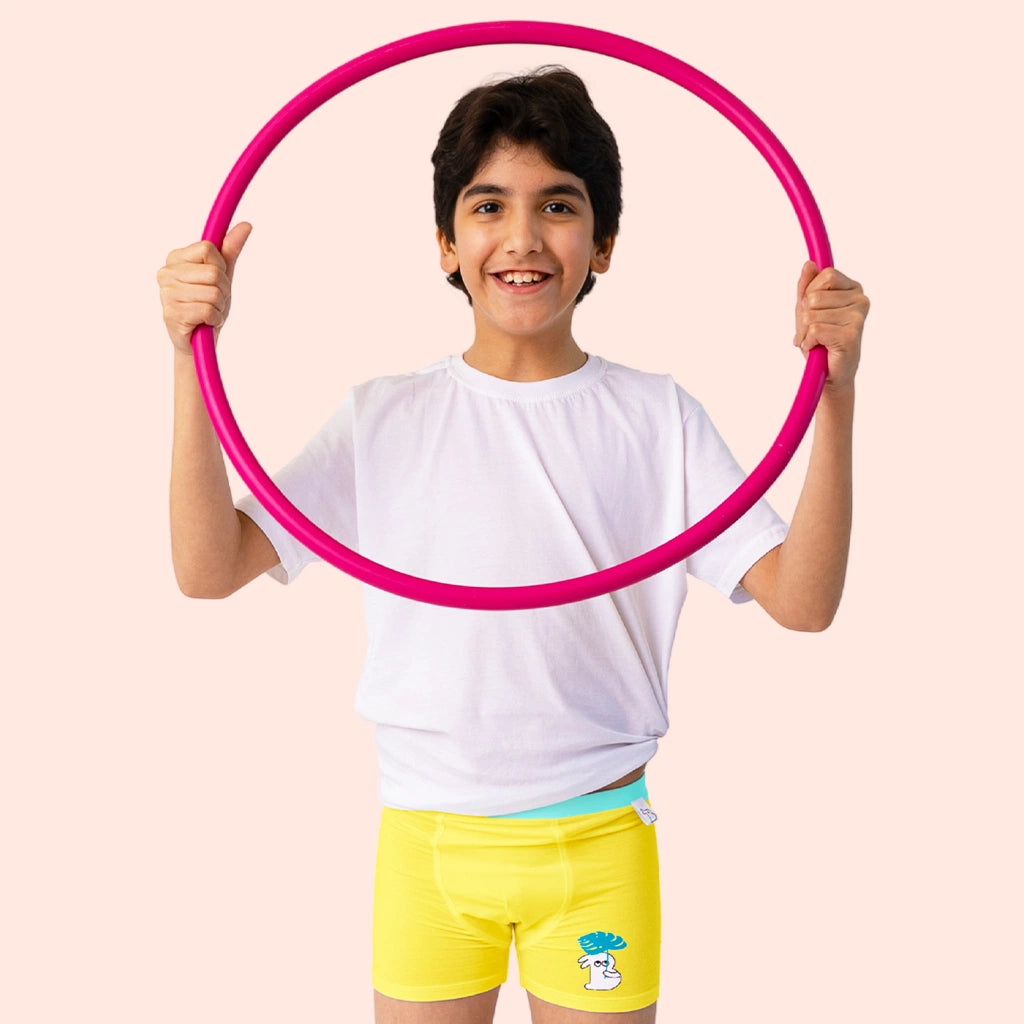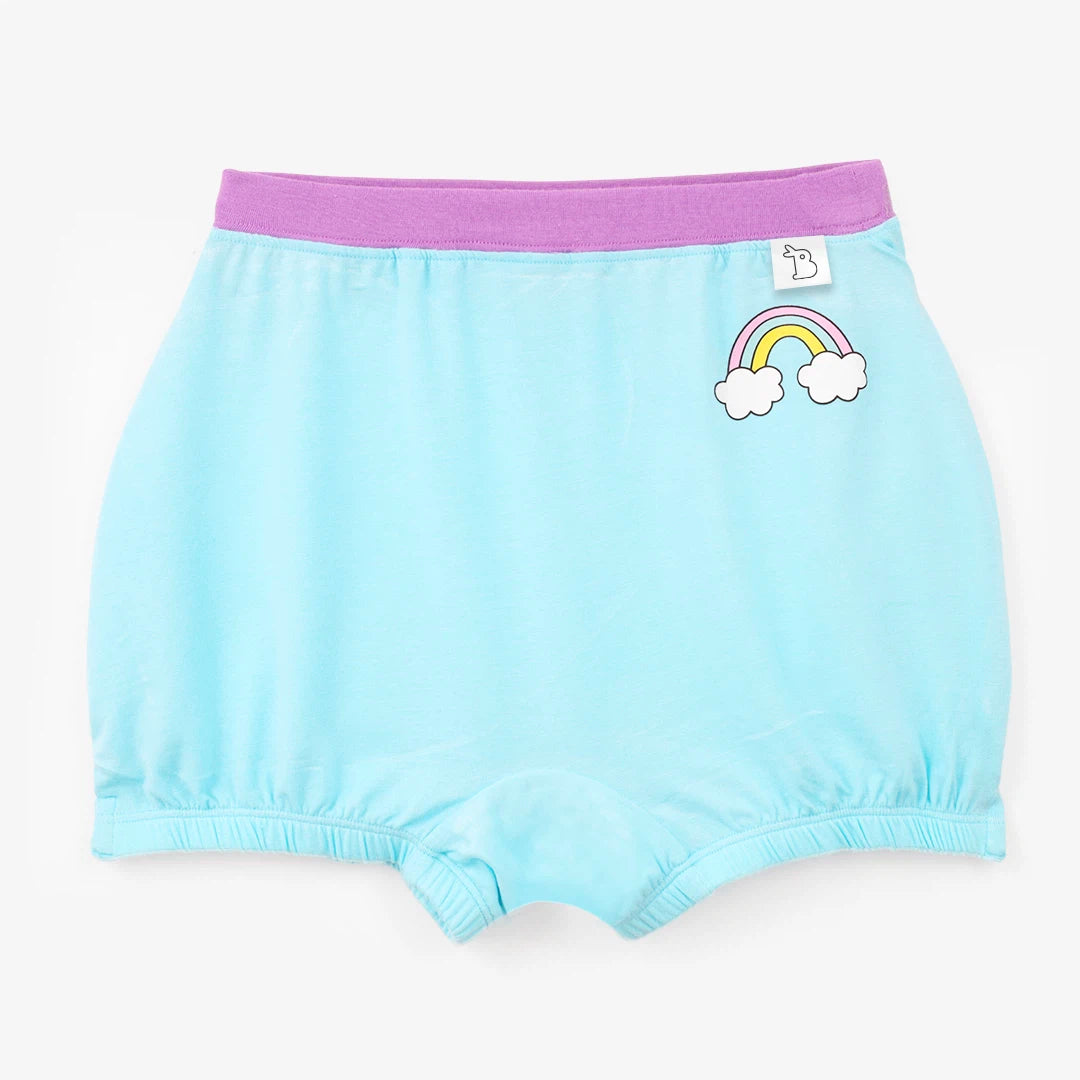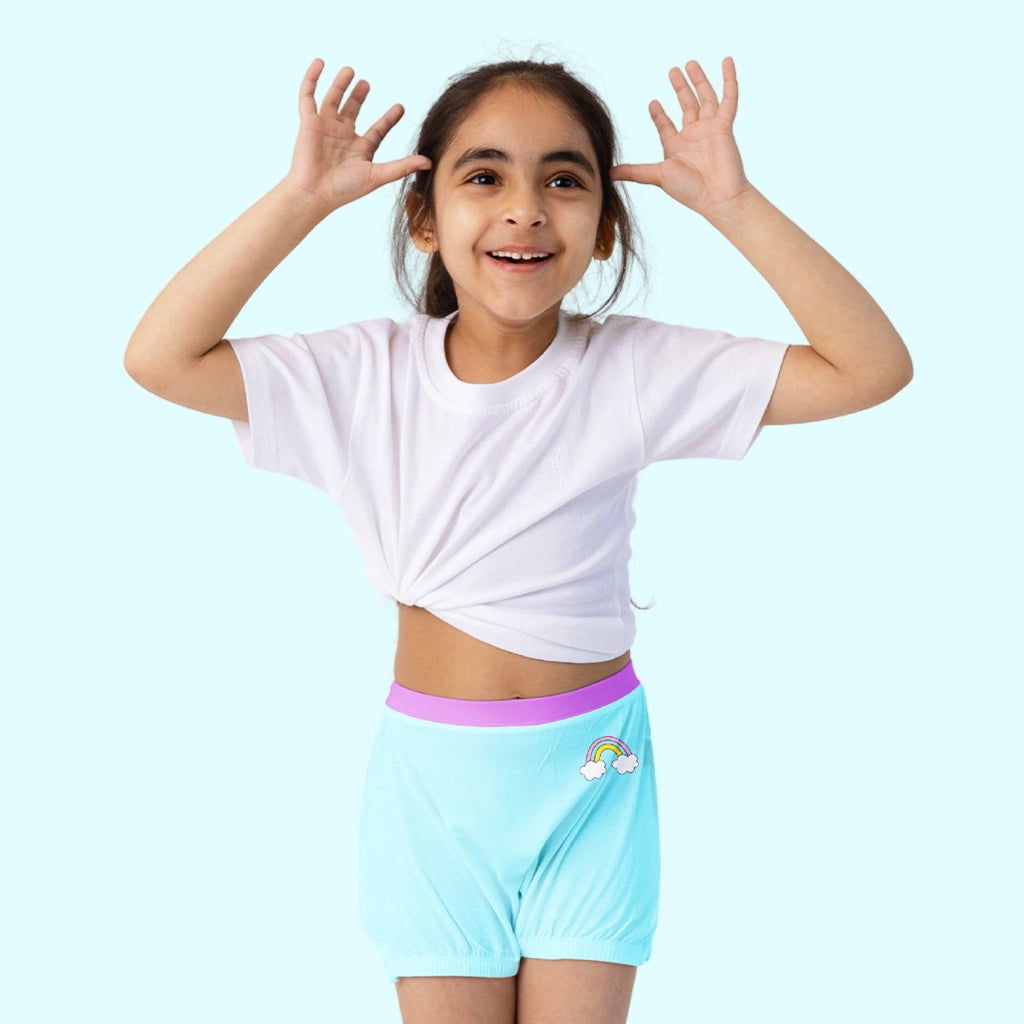Cloth diapering has evolved across cultures for centuries, shaped by climate, materials, and caregiving traditions. Today, with the rising interest in newborn baby diapers and the search for the best cloth diapers, many parents are revisiting these time-tested practices for healthier, eco-friendly diapering. This article examines global traditions and contemporary solutions to assist parents in making informed decisions.
- What Makes Cultural Cloth Diapering Traditions So Unique?
- How Do Different Cultures Approach Cloth Diapering?
- What Practical Benefits Do Cloth Diapers Offer Today?
- What Challenges Do Families Face With Cloth Diapering?
- How Are Modern Cloth Diapers Transforming Traditional Practices?
- Key Takeaways
- FAQs
- Message from SuperBottoms
-
Reference Link
What Makes Cultural Cloth Diapering Traditions So Unique?
Across the world, cloth diapering has always been more than a hygiene routine; it’s a blend of culture, climate, and community living.
Generations have shaped diapering practices around the resources available to them, creating beautiful traditions that continue to inspire modern parents seeking safe, eco-friendly cloth diapers today.
These traditions also help us understand why cloth diapering remains relevant even in the age of disposables, especially as awareness grows around sustainability and gentle newborn care.
How Do Different Cultures Approach Cloth Diapering?
Every region has its own diapering story, shaped by fabric, climate, and family values. Here’s a look at the rich global tapestry.
1. India: Why Has Cloth Diapering Always Been a Way of Life?
For centuries, Indian families have relied on soft cotton langots, breathable, reusable cloth nappies tied securely around the baby.
Typical features include:
- Lightweight muslin or cotton
- Fold-and-knot style
-
Often paired with homemade waterproof covers (such as old saree layers!)
This tradition stays strong today because it’s budget-friendly, gentle on the skin, and deeply rooted in Indian caregiving values. Modern parents now pair these traditional practices with SuperBottoms UNO, a washable, leak-proof upgrade designed for convenience.
2. China: What Is the Story Behind Open-Crotch Pants?
Chinese families traditionally used kai dang ku - absorbent cloth paired with open-crotch pants that let babies eliminate freely.
They offered:
- Excellent airflow
- Quick potty training
- Low laundry needs
Despite urbanisation and disposable diapers becoming common, rural China still embraces these breathable cloth-based solutions for cultural and economic reasons.
3. Africa: How Do Resourceful Communities Craft Diapers From Nature?
African cloth diapering showcases innovation using whatever the land provides - bark cloth, plant fibres, or soft animal skins.
These diapers reflect:
- Deep-rooted sustainability
- Strong community involvement
- A focus on natural, breathable materials
Many rural communities continue to prefer handmade newborn diapers as part of communal caregiving traditions.
4. Latin America: How Have Traditional Practices Evolved?
Latin American families mix indigenous knowledge with modern solutions. Many still use plant fibres (like agave) and wool - materials valued for durability and breathability.
Urban parents are shifting toward hybrid solutions and reusable options, reflecting a broader global trend toward eco-conscious parenting.
What Practical Benefits Do Cloth Diapers Offer Today?
Modern parents searching for the best diapers in India, or the healthiest baby diaper online, are coming back to cloth for some very real reasons. These benefits go beyond cost savings.
- Cost-Effectiveness - Cloth diapers require an initial investment, but the long-term savings compared to disposables are significant, especially for families with multiple children.
- Environmental Sustainability - Reusable diapers drastically reduce landfill waste. A single baby uses thousands of disposable diapers; cloth cuts this to a fraction.
- Skin-Friendly & Safe - Made from natural fabrics, cloth diapers remain gentle on sensitive newborn skin and may help reduce the risk of rashes, a top priority for parents seeking the best organic diapers.
- Cultural Continuity - Using cloth helps keep age-old practices alive, passing on the values of sustainability and mindful caregiving.
-
Community & Support - Cloth diapering often creates strong support networks, online groups, local circles, and community diaper banks.
What Challenges Do Families Face With Cloth Diapering?
Cloth diapering isn’t without concerns, but most challenges have practical solutions.
1. Limited Resources & Laundry Access
Challenge:
Families without easy access to water or washing facilities may struggle.
Solutions:
- Community cloth diaper banks
- Financial assistance programs
- Hand-wash friendly modern diapers
-
Shared laundry facilities
✔ SuperBottoms UNO Cloth Diapers require less water and dry faster, making them ideal for areas with limited laundry access.
2. Social Stigma Around Reusable Diapers
Challenge:
Many urban families consider disposables “modern” and view cloth as outdated.
Solutions:
- Awareness campaigns
- Parenting communities
- Education through hospitals, doctors, and schools
3. Lack of Awareness or Proper Guidance
Challenge:
First-time parents often lack knowledge on how to wash, store, and use cloth diapers.
Solutions:
- Workshops, tutorials
- Online support groups
- Step-by-step guides
✔ SuperBottoms offers Free Cloth Diaper Demo Sessions for new parents and 24x7 parent support.
4. Sustainability Concerns in Production
Challenge:
Even cloth diapers can have an environmental impact during manufacturing or washing.
Solutions:
- Opting for organic materials
- Line drying to reduce energy
- Using eco-friendly detergents
5. Cultural Diversity & Inclusivity
Challenge:
Most mainstream diapering advice does not reflect multicultural practices.
Solutions:
- More culturally inclusive resources
- Translated guides
- Collaboration with community leaders
Comparison Table: Cloth Diapers vs Disposable Diapers
|
Feature / Factor |
Cloth Diapers (Traditional & Modern) |
Disposable Diapers |
|---|---|---|
|
Cost (Lifetime) |
Low to moderate |
Very high |
|
Waste Produced |
Minimal |
Extremely high |
|
Skin Health |
Excellent (breathable fabrics) |
Varies; may cause rashes |
|
Environmental Impact |
Low |
High |
|
Comfort & Fit |
Customizable |
Fixed fit |
|
Long-Term Value |
High |
Low |
|
Limited Time Offers + Special Gift Sets! Now or never Super SALE is live on the SuperBottoms website! Take advantage of unbeatable value deals on our UNO Cloth Diapers, Baby Essentials, and more. Looking for the perfect present for a newborn or a toddler? Explore our thoughtfully curated Gift Sets & Combos — safe, skin-friendly, and oh-so-cute! A bundle of love for little ones and a delight for parents. HURRY — Deals and Gift Packs are live only till stocks last. Don’t miss the chance to stock up and share the joy! |
How Are Modern Cloth Diapers Transforming Traditional Practices?
Modern solutions like SuperBottoms UNO merge cultural wisdom with innovation, soft fabrics, waterproof layers, high absorbency, and reusable inserts.
Why modern cloth diapers stand out:
- Hassle-free washing
- Quick drying
- Leak protection
- Long-term savings
They offer the convenience parents expect today while staying true to eco-friendly values rooted in ancient traditions.
✔ Recommendation: For parents seeking modern yet culturally inspired diapering, SuperBottoms UNO Freesize Cloth Diapers and UNO Newborn Diapers are ideal starter choices.
Cloth diapering across cultures tells a powerful story of resourcefulness, sustainability, and community-driven parenting.
Whether it's Indian langots, Chinese open-crotch pants, African plant-fibre wraps, or Latin American wool nappies, each tradition offers something meaningful.
Today’s shift toward modern cloth diaper solutions combines this heritage with convenience, enabling parents to choose safer, greener, and more economical diapering methods.
Key Takeaways
- Global cloth diapering traditions highlight cultural wisdom, sustainability, and practical innovation.
- Modern parents now combine ancient practices with smart reusable diapering systems.
- Eco-friendly cloth diapers, such as SuperBottoms UNO, offer comfort, savings, and sustainability for today’s conscious families.
FAQs
1. What materials are used for cloth diapers around the world?
Cotton, muslin, bamboo, bark cloth, wool, plant fibres, and other breathable natural materials.
2. Are cloth diapers still common in modern societies?
Yes, especially in families focused on sustainability, skin safety, and cost-effectiveness.
3. Which is better for the baby: cloth diapers vs disposable diapers?
Cloth diapers are gentler on the skin, reduce waste, and are more economical. Disposables offer convenience but come with long-term environmental and financial costs.
4. What are the health benefits of cloth diapers?
Natural fabrics reduce the risk of rashes, irritation, and heat buildup.
5. Do cloth diapers save money?
Absolutely, cloth diapers significantly reduce long-term diapering costs.
6. Which modern solutions are closest to traditional cloth diapering?
Reusable diapers with cotton or bamboo inserts and breathable covers closely replicate traditional cloth nappies.
7. What are the best cloth diaper options for newborns?
SuperBottoms BASIC Diapers and SuperBottoms UNO Newborn are soft, absorbent, and ideal for delicate skin.
8. Which diapers should I buy if I want a sustainable and reliable option?
Try SuperBottoms UNO Cloth Diapers - leak-proof, reusable, skin-friendly, and trusted by thousands of parents.
Message from SuperBottoms
Hi there, new parents! SuperBottoms brings you doctor-recommended cloth diapers — the best rash-free diapering solution for your baby’s sensitive and delicate skin. Unlike disposable diapers loaded with chemicals, our newborn cloth diapers, when used and washed properly, can help eliminate the risk of diaper rashes. SuperBottoms offers a wide range of safe, skin-friendly essentials for the whole family — including Reusable Cloth Diapers, Diaper Pants, DryFeel langots for diaper-free time, Padded Underwear for potty training, SuperSoft Underwear for everyday comfort, Joggers for playful days, and Period Underwear for women. Not just for everyday use, SuperBottoms products also make the best gifting choice for babies — thoughtful, eco-friendly, practical, and loved by parents. Now available on Amazon, Myntra, Flipkart, FirstCry, Zepto, Swiggy and Blinkit





